Schlüssel und Schwelle, Brücke und Riss
Zum Begriff der Kunstvermittlung gehört seine Widersprüchlichkeit. Über das Produktive dieser Ambivalenz, die sich nicht zuletzt in der Silbe „Ver“-steckt.
„Das Gewohnte gerät ins Rutschen, wird verhandelbar. Das ist anstrengend – so wie interessante Kunst – mitunter“[1]
„Was heißt hier Vermittlung?“, fragt der Kunstpädagoge Alexander Henschel in seinem informierten und informativen Buch und geht dieser Frage mit beeindruckender Tiefe nach. So widmet sich seine Untersuchung dem Begriff von der Antike bis in die Gegenwart, nicht um ihn zu erklären, sondern um ihn zu verstehen und für die Diskurse und Praxen der Kunstvermittlung kritisch produktiv zu machen. Bei der Lektüre erscheint der Begriff der Vermittlung in vielen Facetten und Bedeutungen im Deutschen. Die umfassende Auseinandersetzung mit sozialhistorischen und philosophischen Begriffsgeschichten gibt oft erhellende, zuweilen erstaunliche Einblicke. So lernen wir, dass seine Konnotationen immer schon Trennung und Versöhnung zugleich bedeuteten und, dass der Vermittlung aus beiden Gründen misstraut wurde. Henschel spricht von „uneinholbarer Ambivalenz“ zwischen „Brücke und Riss“.[2]
In dieser Ambivalenz liegt eine trennende Kraft, ein Moment der Störung und Erschütterung, die von Autor*innen wie Eva Sturm, Carmen Mörsch und Karin Schneider seit den 1990er Jahren immer wieder betont und produktiv gemacht wurde. Kunstvermittlung schien uns – denn ich zähle mich auch dazu – ein widerständiges Versprechen zu bergen. Eva Sturm schrieb in den 2000er Jahren explizit von „Kunstvermittlung und Widerstand“[3]. Das ambivalente, kaum übersetzbare Wort der Vermittlung kam uns dabei gewissermaßen gerade recht. Denn es sagte anderes, mehr, widersprüchlicheres als bl0ß „Übermittlung“ oder „Wissenstransfer“. Es sprach eben auch die Trennung mit.
Wir wollten uns der Kunst als das stellen, was uns bewegen könnte[4] und zwar so, dass wir dabei auseinandergenommen werden würden[5], dass wir Affekten begegnen würden, die Effekte auf hegemoniale Gewohnheiten haben könnten, dass wir Brüchen und Widersprüchen begegnen würden, die die Machtverhältnisse in den Blick geraten lassen würden. Und wir dachten, dass dabei, gerade weil Kunstvermittlung nie alleine, sondern immer gemeinsam geschieht, Verhältnisse verschoben werden und andere Horizonte entstehen könnten.
Und auch wenn wir[6] institutionalisiert wurden, oder sogar Institutionalisierung suchten, war da eben immerhin diese Vorsilbe „ver-“, die auf eine Krise verwies, auf etwas, das bei der Institutionalisierung, bei der Verbindung verschoben wird – so wie in verlieben oder verlernen. Das „ver-“ schien also ein Verhältnis zu verrücken, oder es zumindest verschiebbar zu machen. Und es schien auch eine Krise in der Sprache zwischen den Worten und den Dingen zu markieren – so wie in versprechen oder versagen. Weil wir in der Kunstvermittlung einerseits mehr sehen, wenn wir mehr wissen und weil wir andererseits, während wir das tun, doch immer an dem, was wir sehen, vorbei sprechen. Vermittlung ist insofern immer, wenn sie Schlüssel ist, auch Schwelle[7].
Nachdem seither – mit der zunehmen Institutionalisierung der Kunstvermittlung und der Ökonomisierung der Bildung im Allgemeinen – vieles von diesem Versprechen gebrochen scheint, nachdem sie diszipliniert und/oder finanzialisiert wurde, stellt sich die Frage nach der Kunstvermittlung im 21. Jahrhundert etwas anders[8]. Heute scheint die „kritische Kunstvermittlung“ in vielen Institutionen angekommen, die zugleich immer prekärere Stellen schaffen. Der Widerspruch zwischen kritischen Diskursen und unkritischen Bedingungen scheint zunehmend konstitutiv geworden und hat die Effektivität widerständiger Ansätze stillgestellt. Ganz in diesem Sinne sind Forderungen nach „Zugang“, „Schwellenabbau“ und „Inklusion“ zu Förderkriterien geworden. Aber dies sind sehr oft eben nur scheinbare Errungenschaften, denn nicht selten bleiben die Machtverhältnisse dabei unangetastet, die ökonomischen Bedingungen und die bürgerlichen Strukturen intakt. Gerade deshalb ist die Frage nach der Emanzipation in der Vermittlung nicht nur eine Frage des Abbaus von Schwellen.
Und vor diesem Hintergrund soll mit der Vermittlung als verlernen hier noch einmal ein Plädoyer für die Trennung vorgenommen werden – für die Trennung von den selbstverständlich gewordenen Machtverhältnissen und für die Imagination anderer Verhältnisse[9]. Ganz in diesem Sinne schrieb Antonio Gramsci: „die Außenwelt, die allgemeinen Verhältnisse zu verändern, heißt sich selbst zu potenzieren, sich selbst zu entwickeln.“[10] Der Horizont der Gleichheit und der Freiheit unterscheiden sich von jenem der Barrierefreiheit dadurch, dass es nicht bloß um die Administration des „Zugangs“ geht, sondern darum, die Strukturen zu verändern. Vermittlung wäre in diesem radikaldemokratischen Sinne Trennung als Bildung.
[1] Carmen Mörsch und Eva Sturm, Vorwort, in: Alexander Henschel, Was heißt hier Vermittlung. Kunstvermittlung und ihr umstrittener Begriff, Wien 2020, S. 8f.
[2] Alexander Henschel, Was heißt hier Vermittlung. Kunstvermittlung und ihr umstrittener Begriff, Wien 2020, S. 23.
[3] Eva Sturm, „Kunstvermittlung und Widerstand“, in: Josef Seiter (Hg.): Auf dem Weg. Von der Museumspädagogik zur Kunst- und Kulturvermittlung, Wien 2003, S. 44-63.
[4] Anja Steidinger, Was animiert uns? Seminar an der HFBK Hamburg, Wintersemester 2020/2021.
[5] So beginnt Irit Rogoff ihren Text „What is a theorist?“ mit den Worten „A theorist is one who has been undone by theory“. Irit Rogoff, „What is a Theorist?”, in: Katharyna Sykord et al. (Hg.), Was ist ein Künstler?, München 2004.
[6] Ich spreche hier auch von einem „Wir“ weil ich seit Mitte der 1990er Jahre in unterschiedlichen kollaborativen und kollektiven Arbeits- und Diskurskontexten mit vielen Kolleg*nnen, Freund*innen, Studierenden, Lehrenden und Fragestellenden über Vermittlung nachdenke. Meine Erfahrungen lassen sich daher nur in einem „Wir“ ausdrücken. Möglicherweise hat dies damit zu tun, dass sich ein kritischer Kunstvermittlungsdiskurs gerade gegen die Vereinzelung und den Konkurrenzdruck in einem prekären Feld entwickelt hat.
[7] Michel Foucault, „Die Schwelle und der Schlüssel“, in: ders., Raymond Roussel, Frankfurt am Main 1989, S. 7-18.
[8] Ayşe Güleç, Carina Herring, Gila Kolb, Nora Sternfeld, Julia Stolba (Hg.), vermittlung vermitteln. Fragen, Forderungen und Versuchsanordnungen von Kunstvermittler*innen im 21. Jahrhundert, Berlin 2020.
[9] „Wie können wir uns etwas zeigen, das es noch nicht gibt?“ Ein Gespräch zwischen Ayşe Güleç, Gila Kolb und Nora Sternfeld über Kunstvermittlung und Aktivismus, in: ebd., S. 18-23.
[10] Antonio Gramsci, Erziehung und Bildung, Andreas Merkens (Hg.), Hamburg 2004, S. 49.
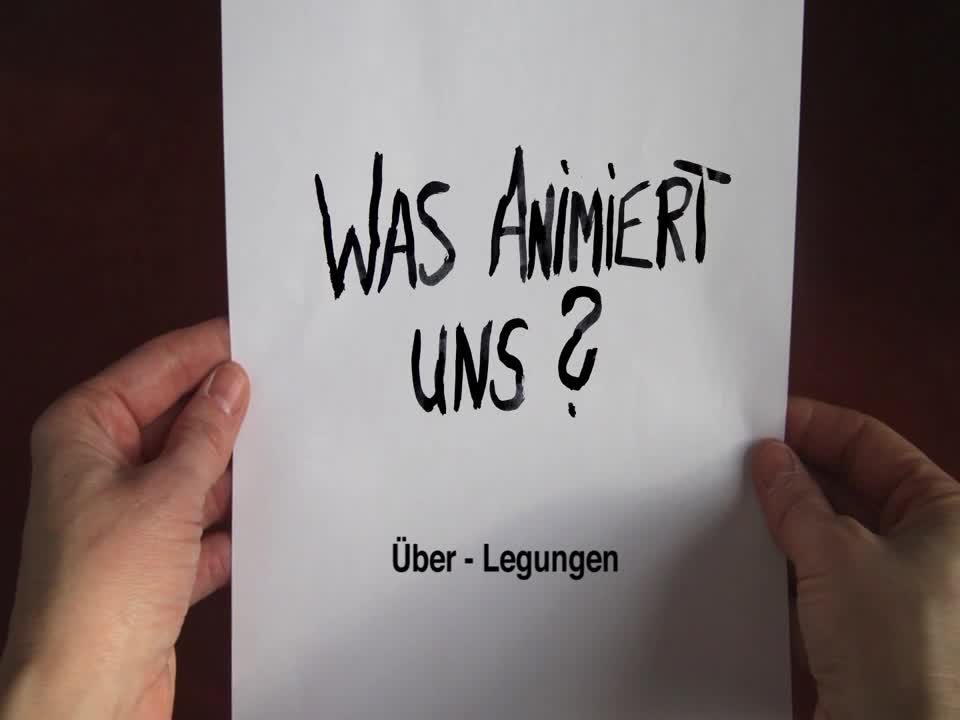
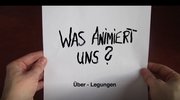
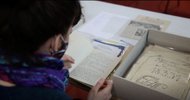

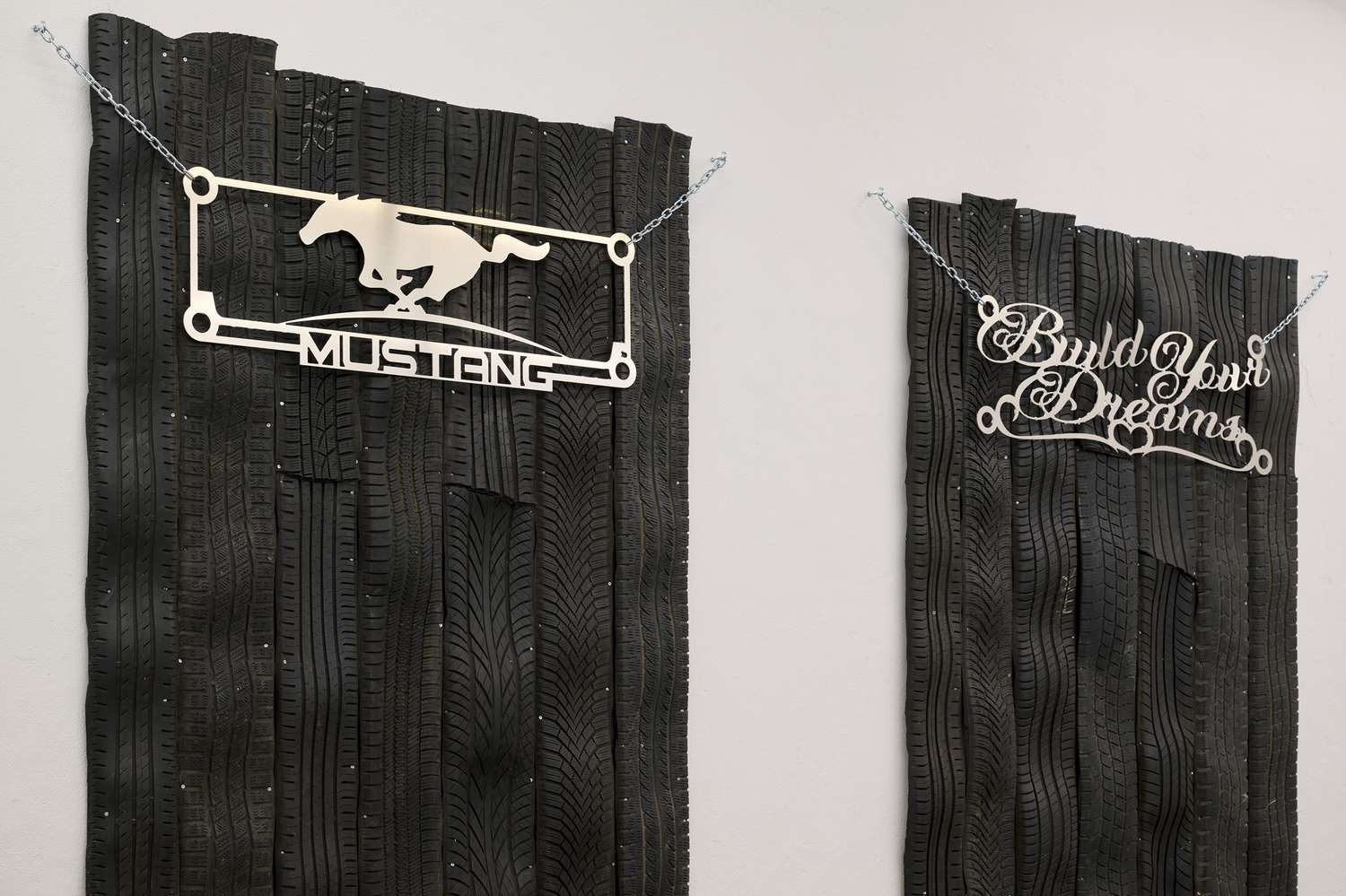
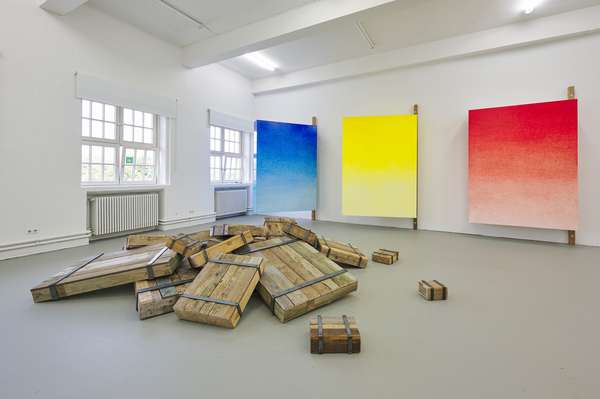


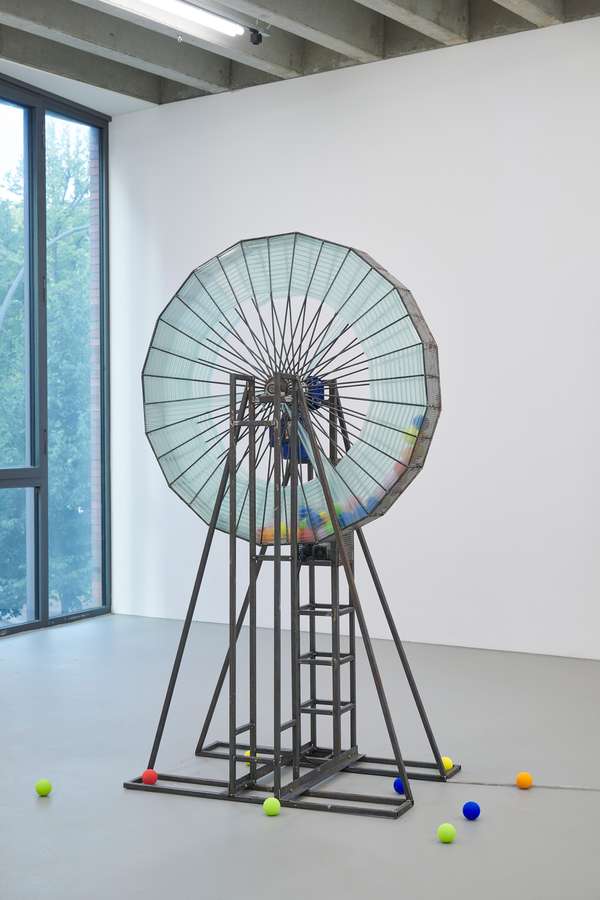
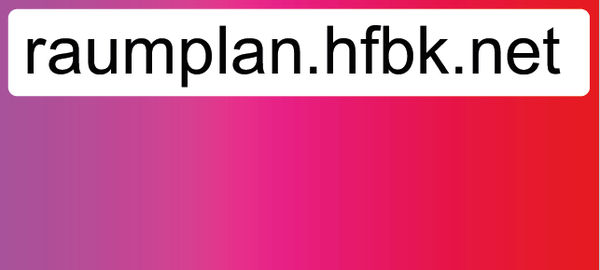

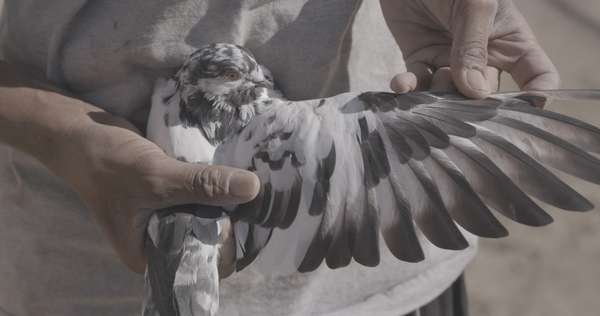
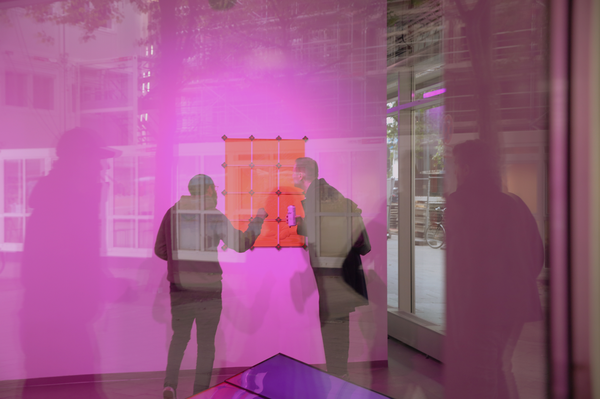


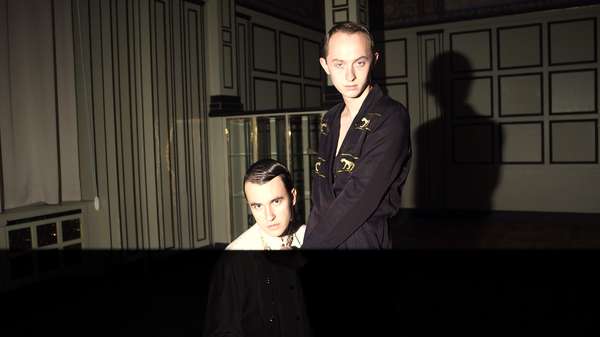
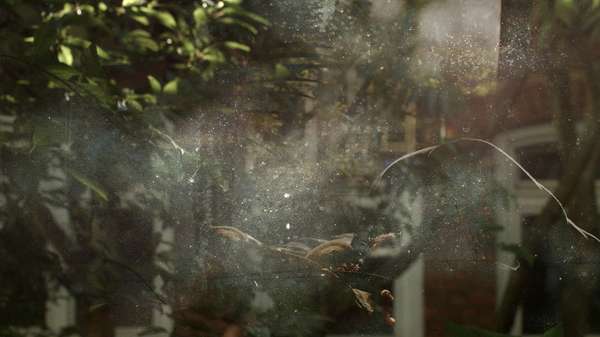
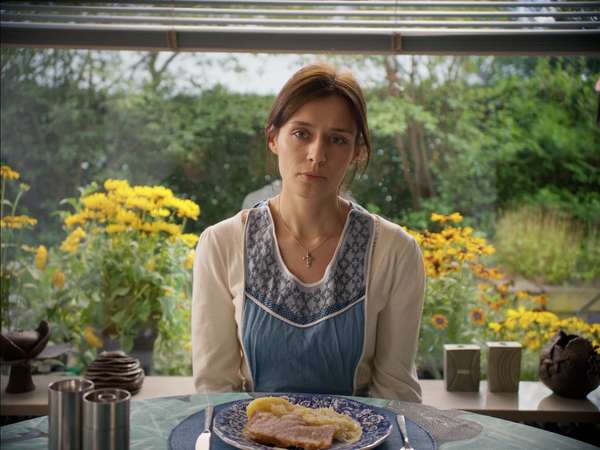
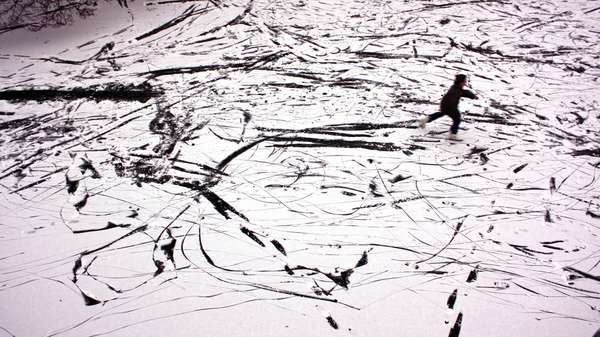
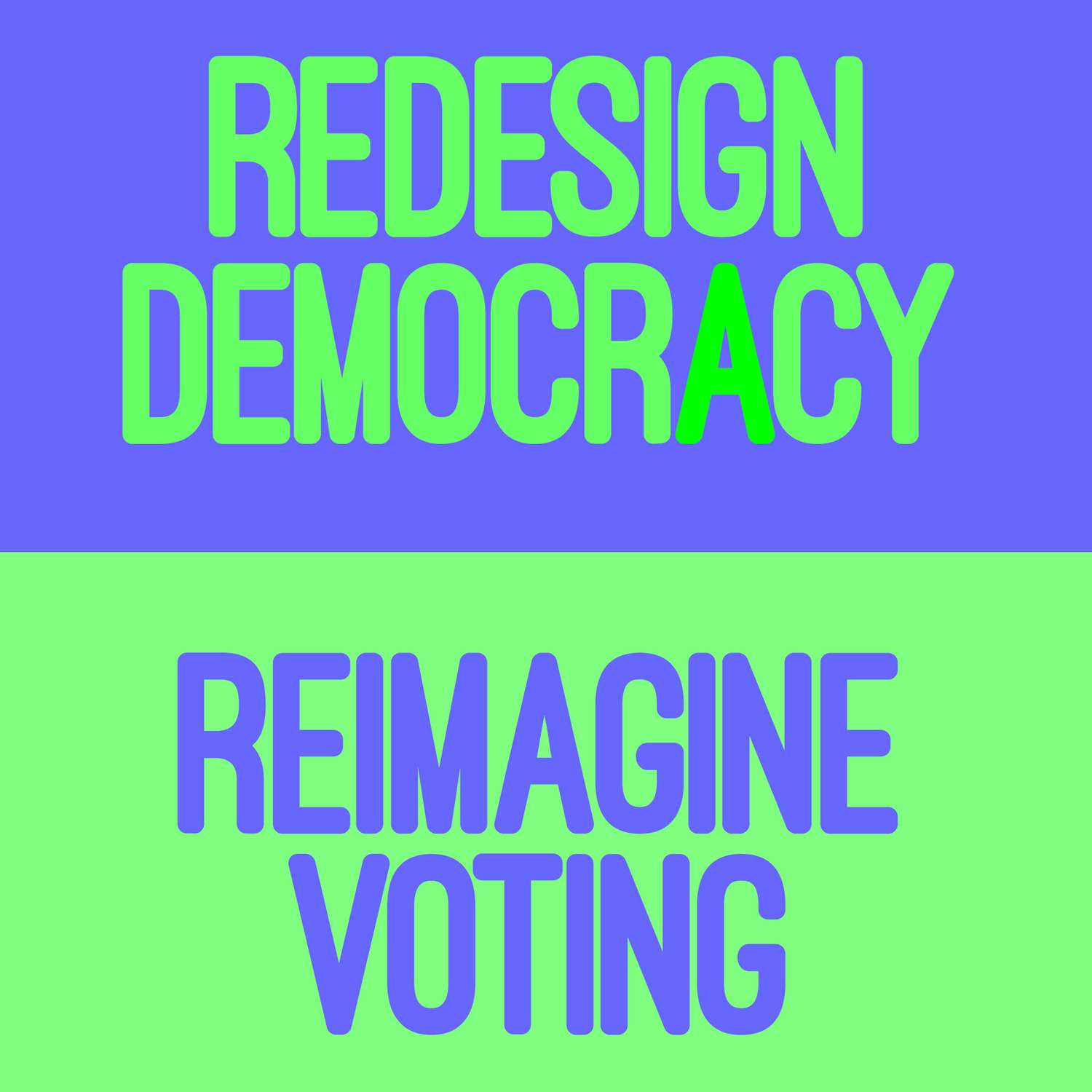

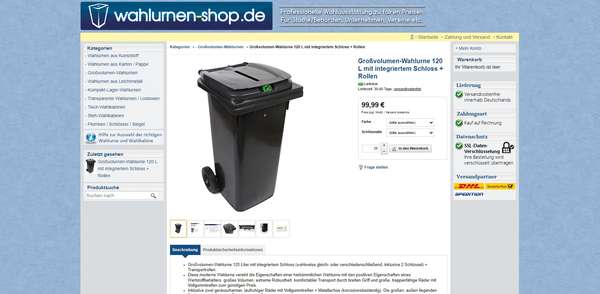

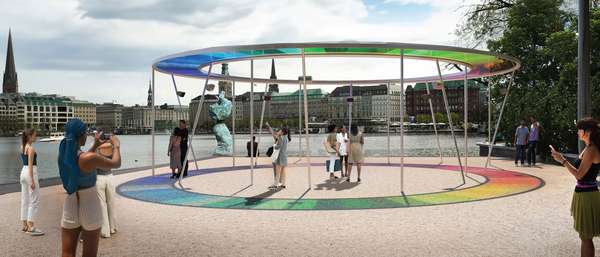

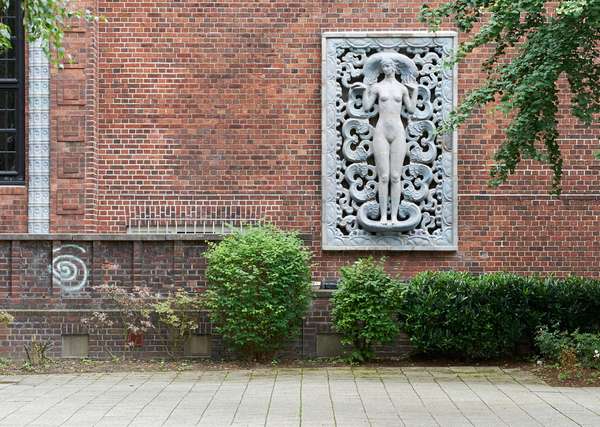
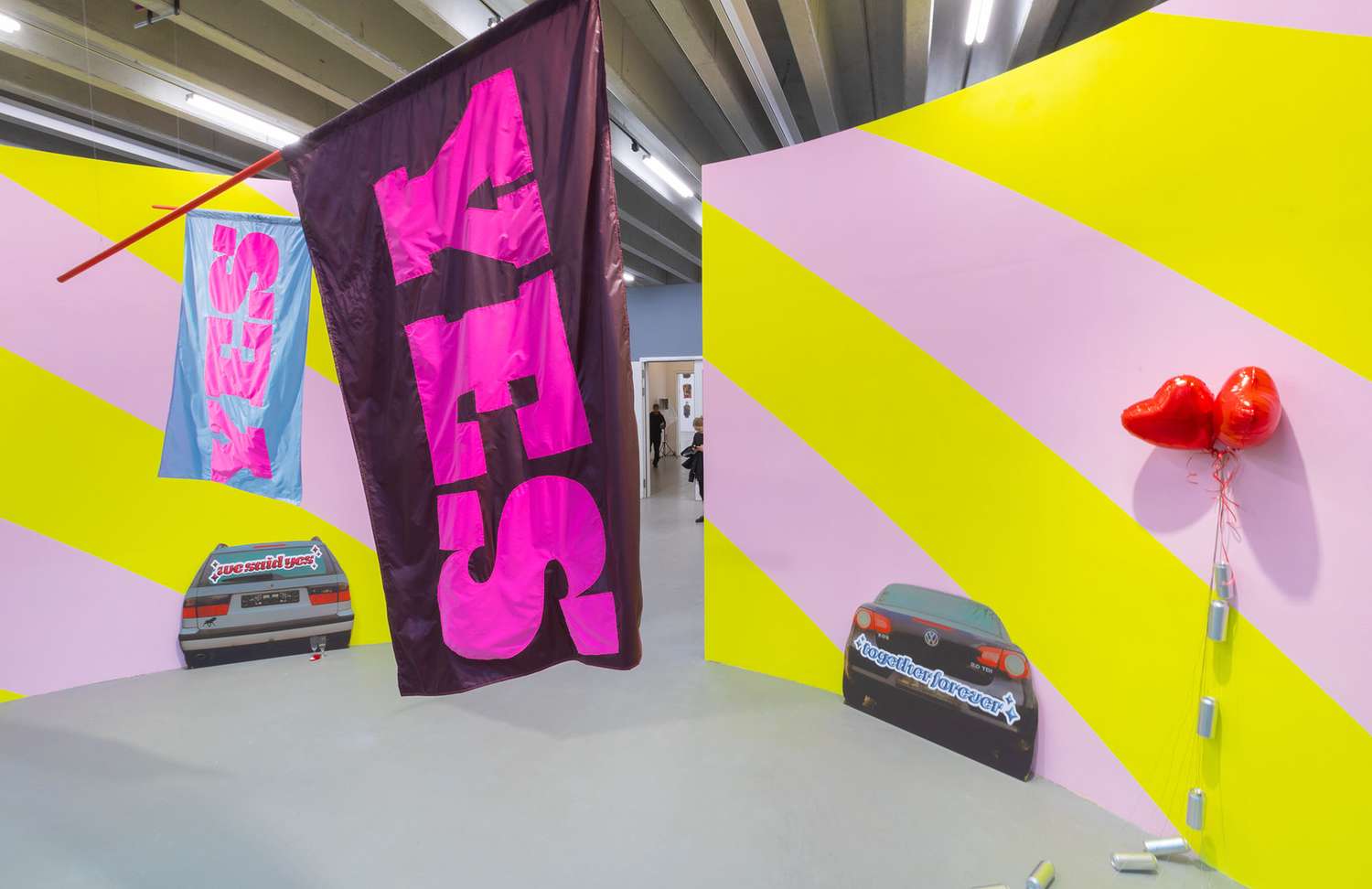
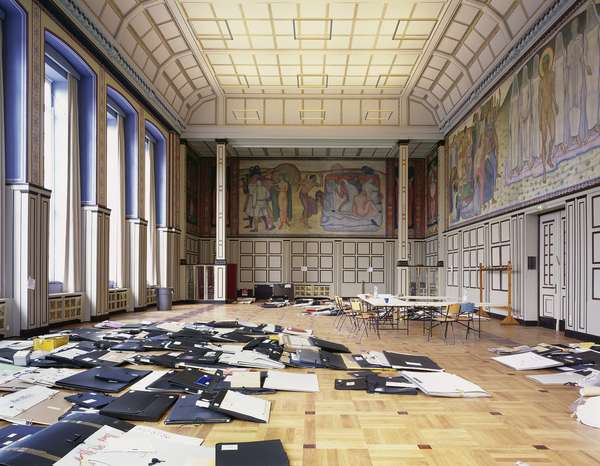
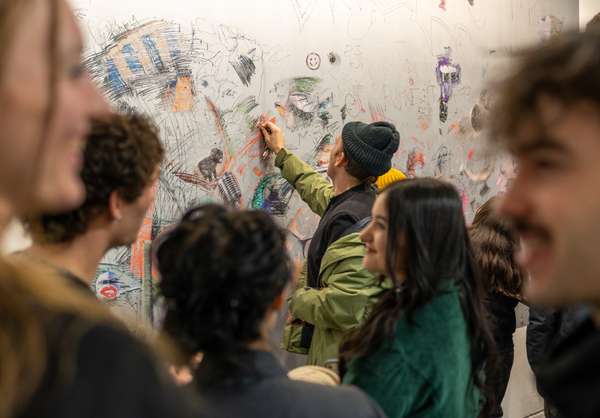



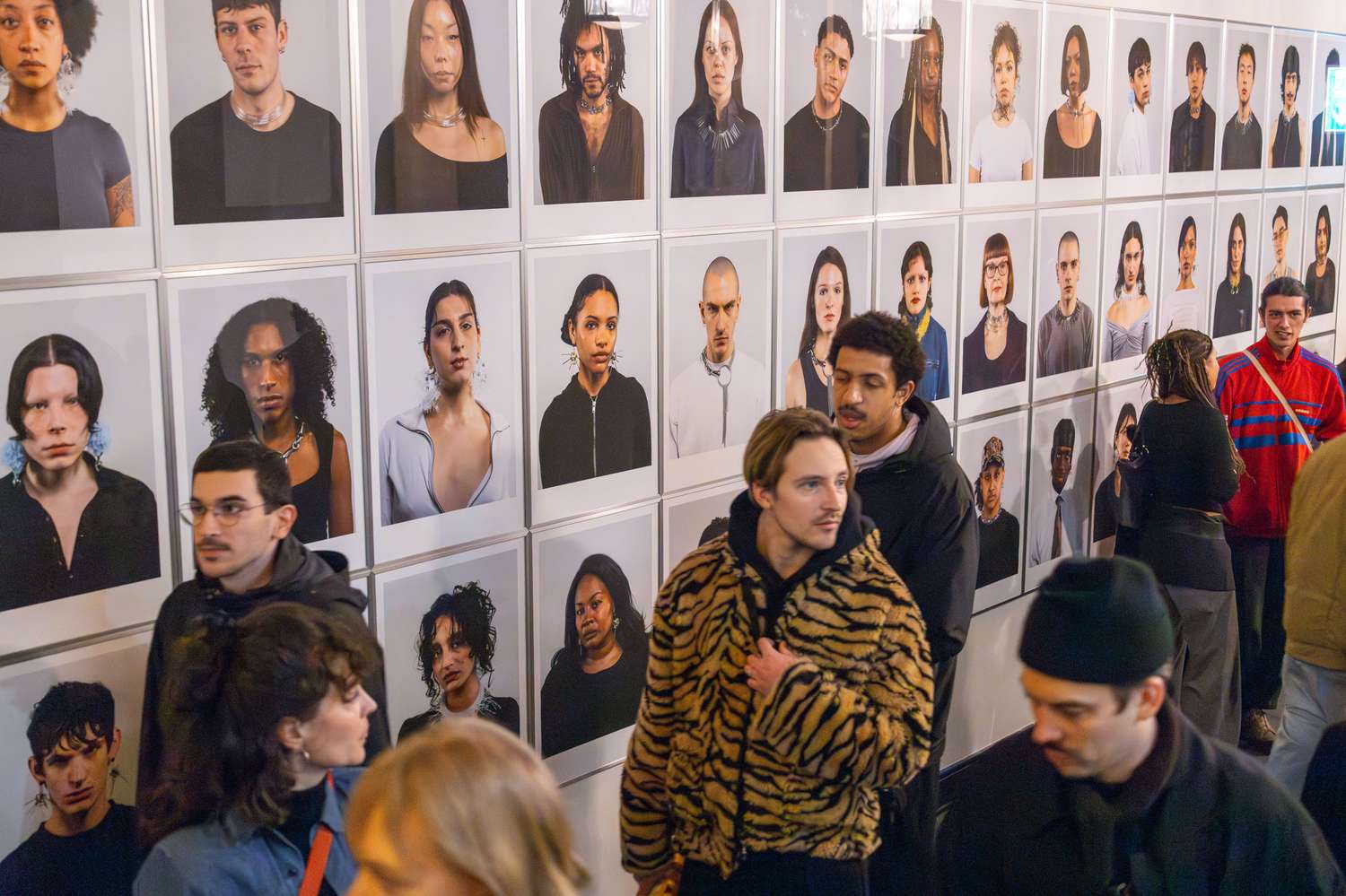
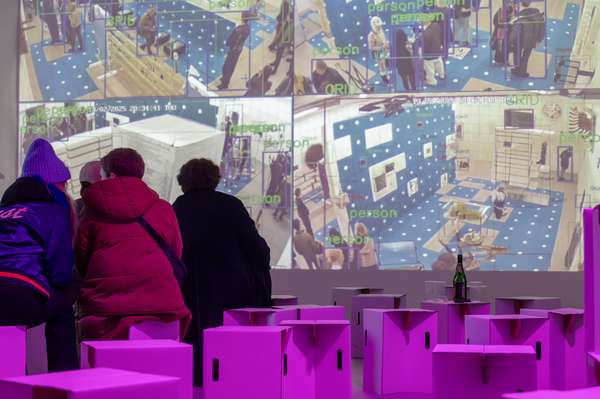
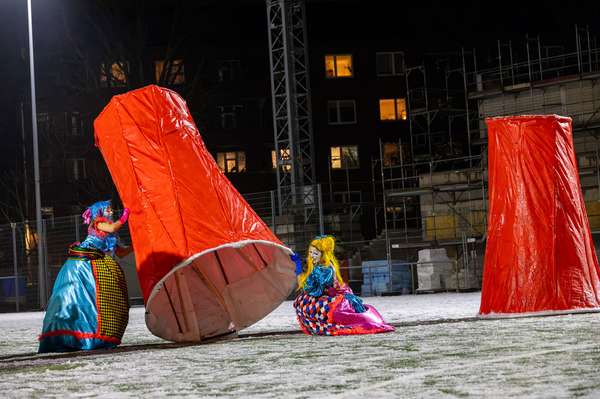
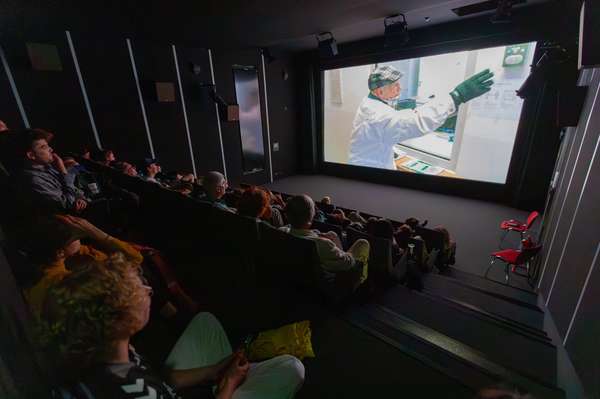
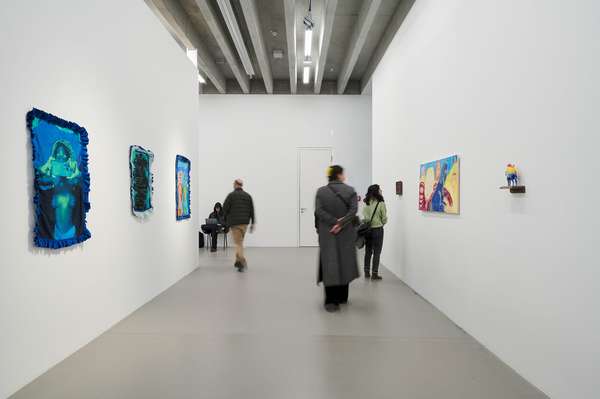
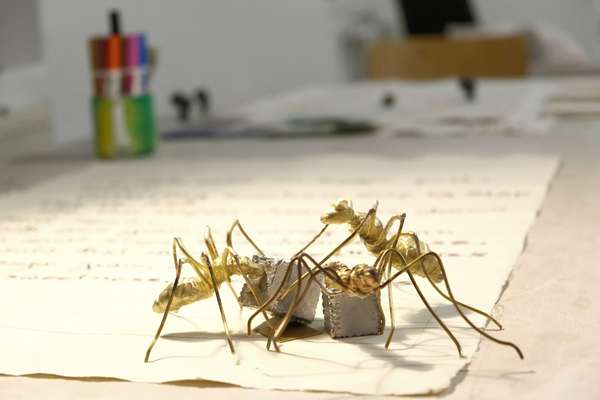
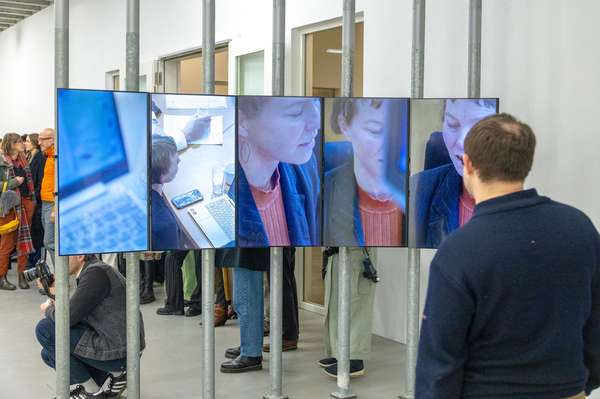
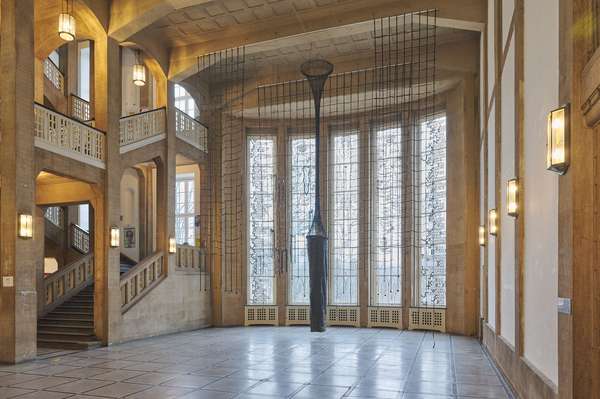
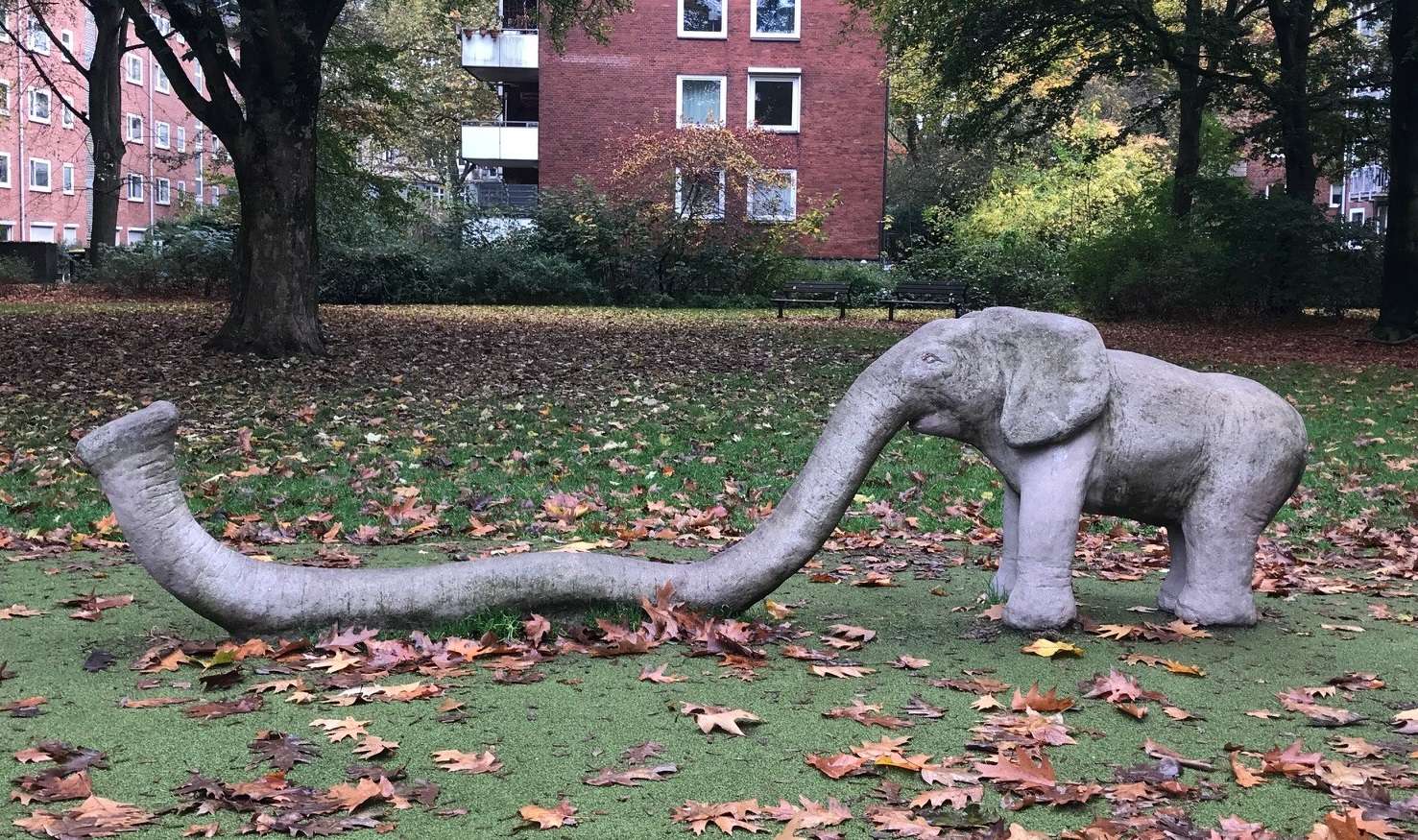
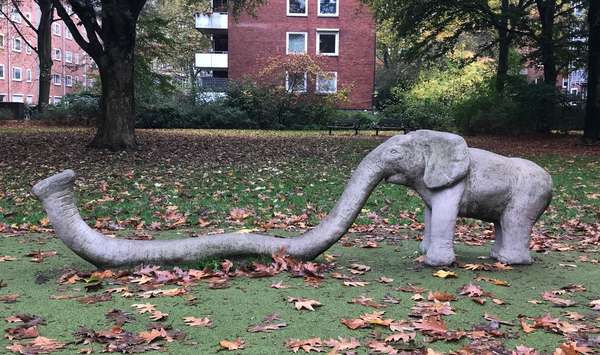
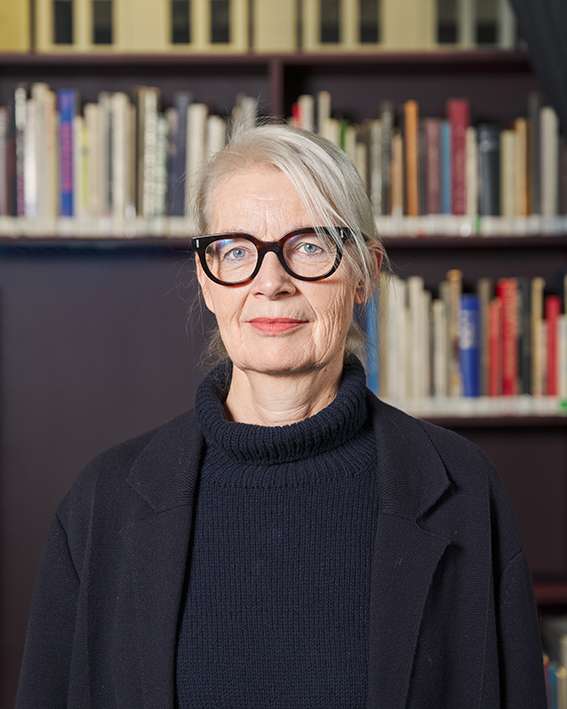
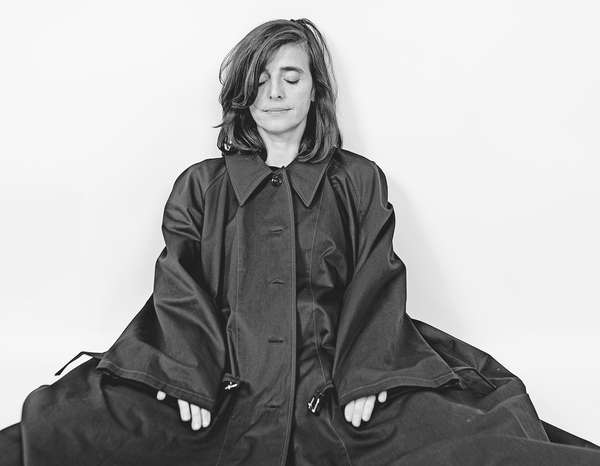
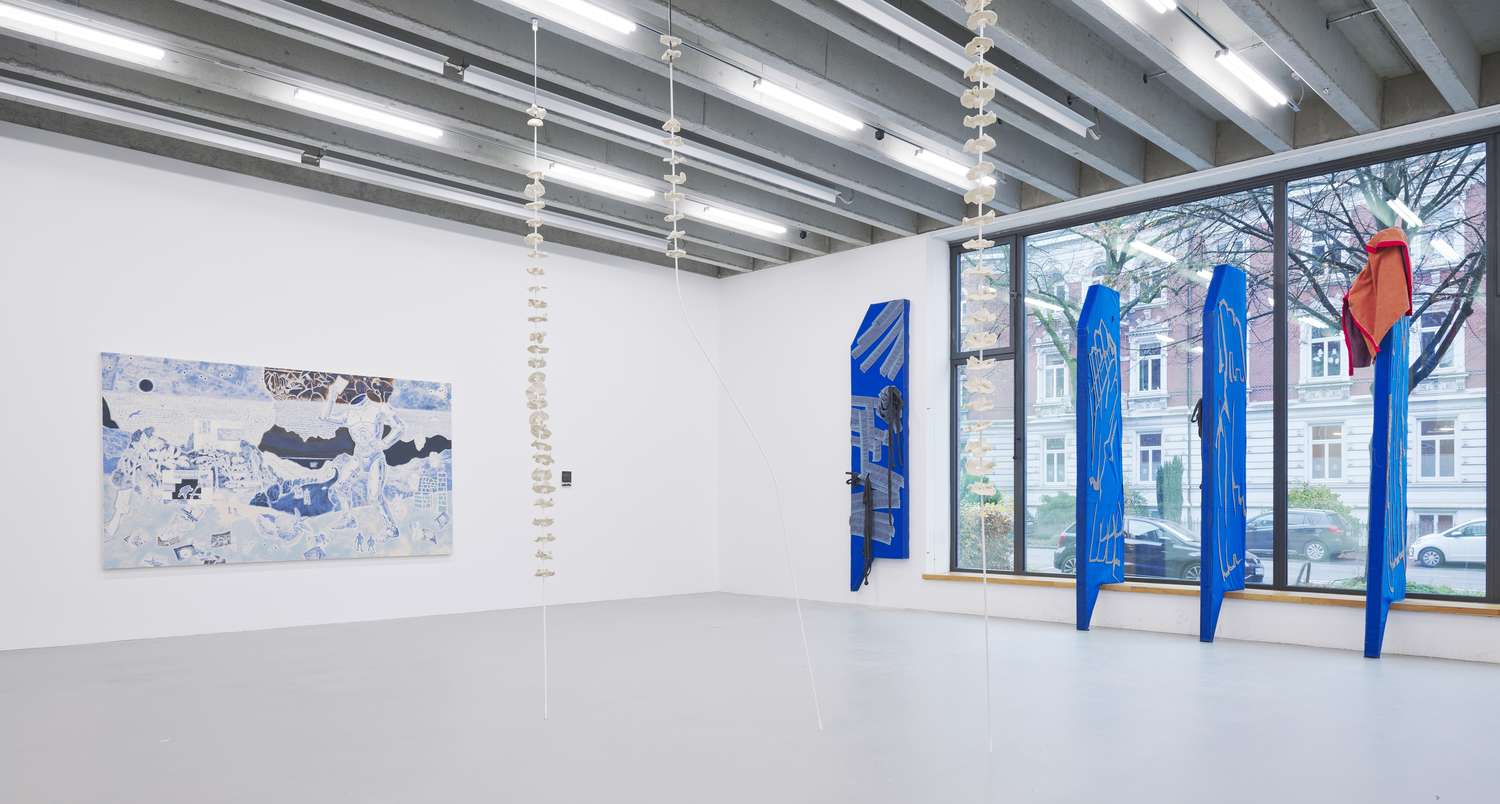
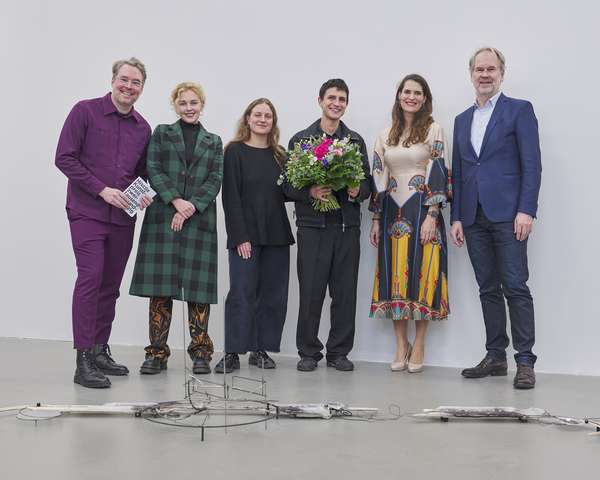
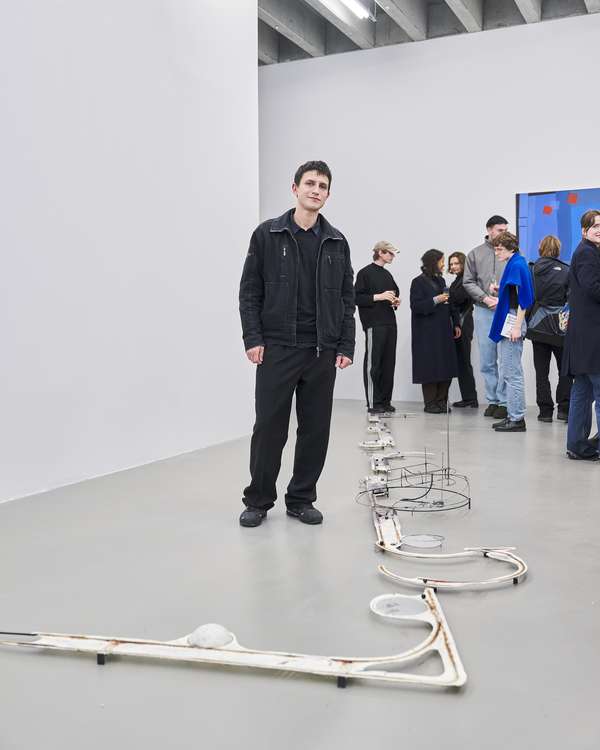
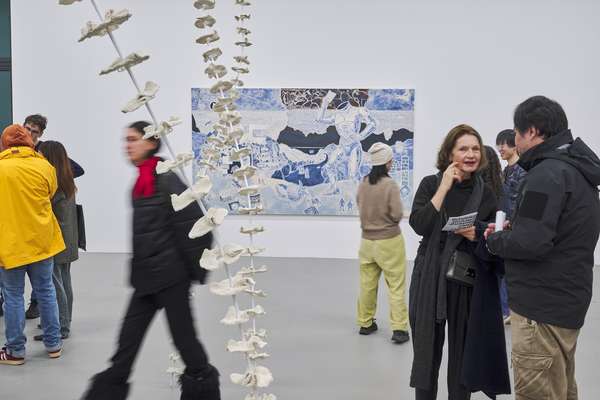
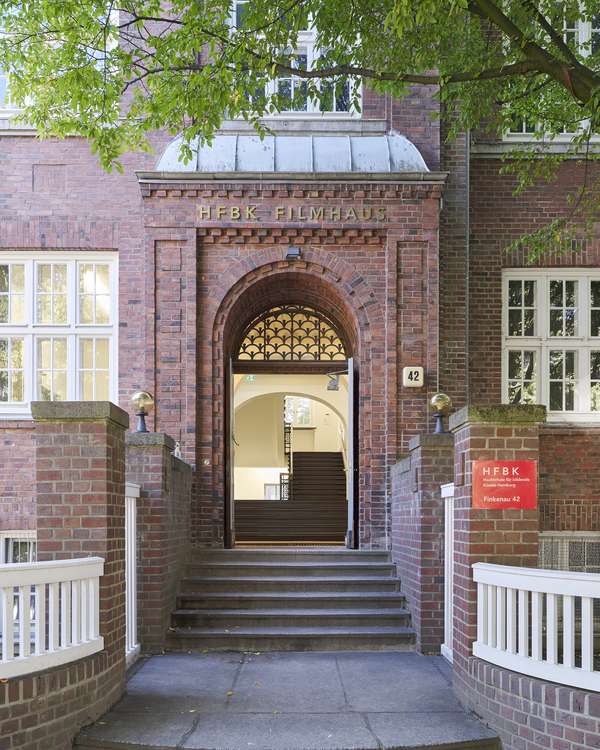
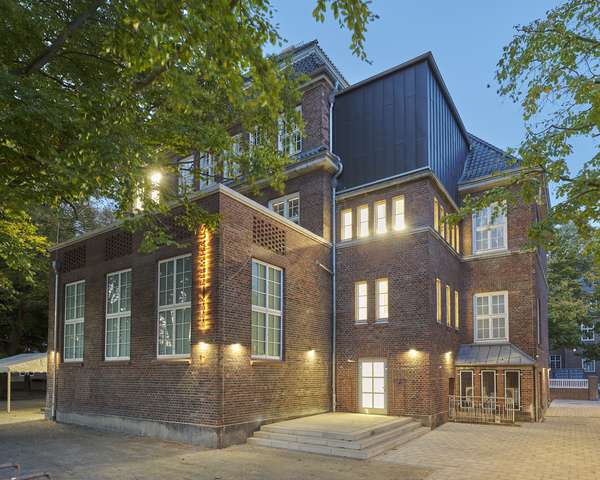
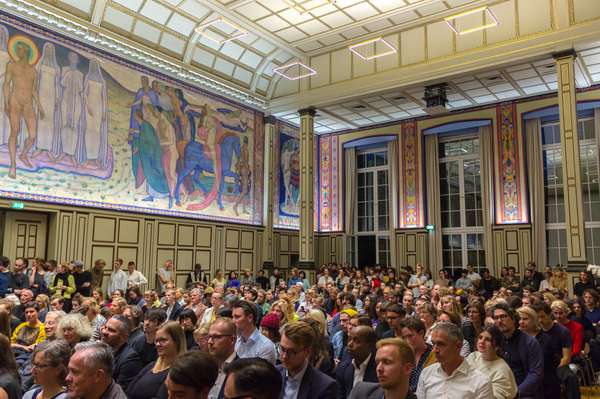
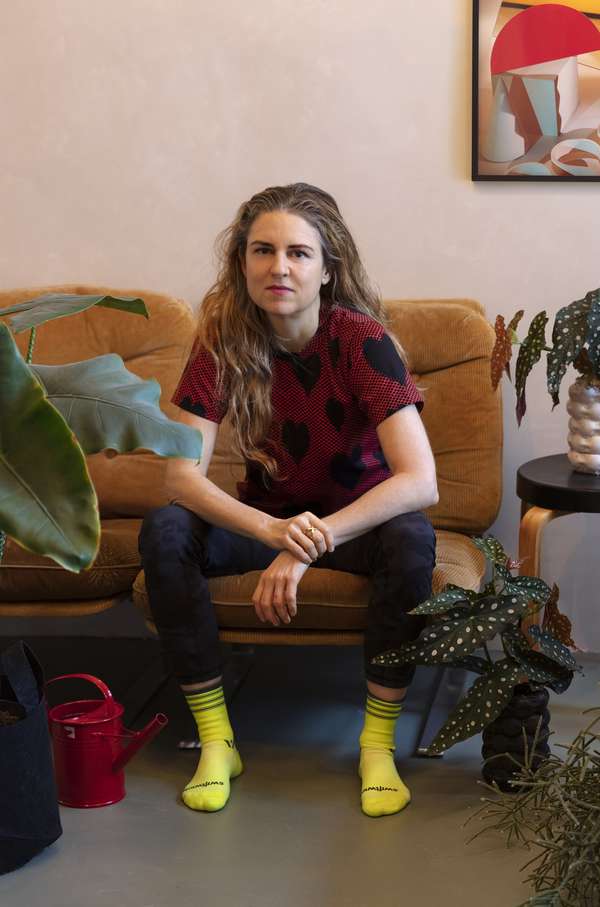
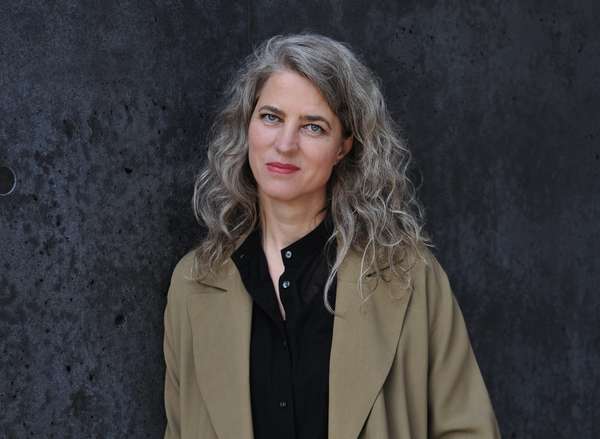
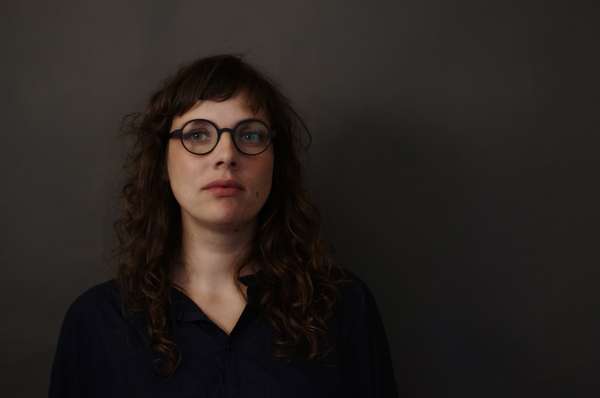
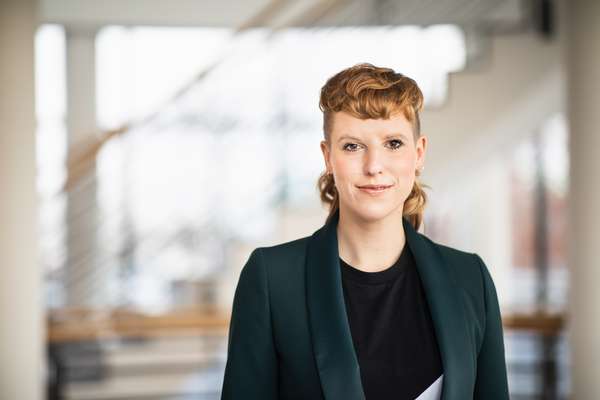
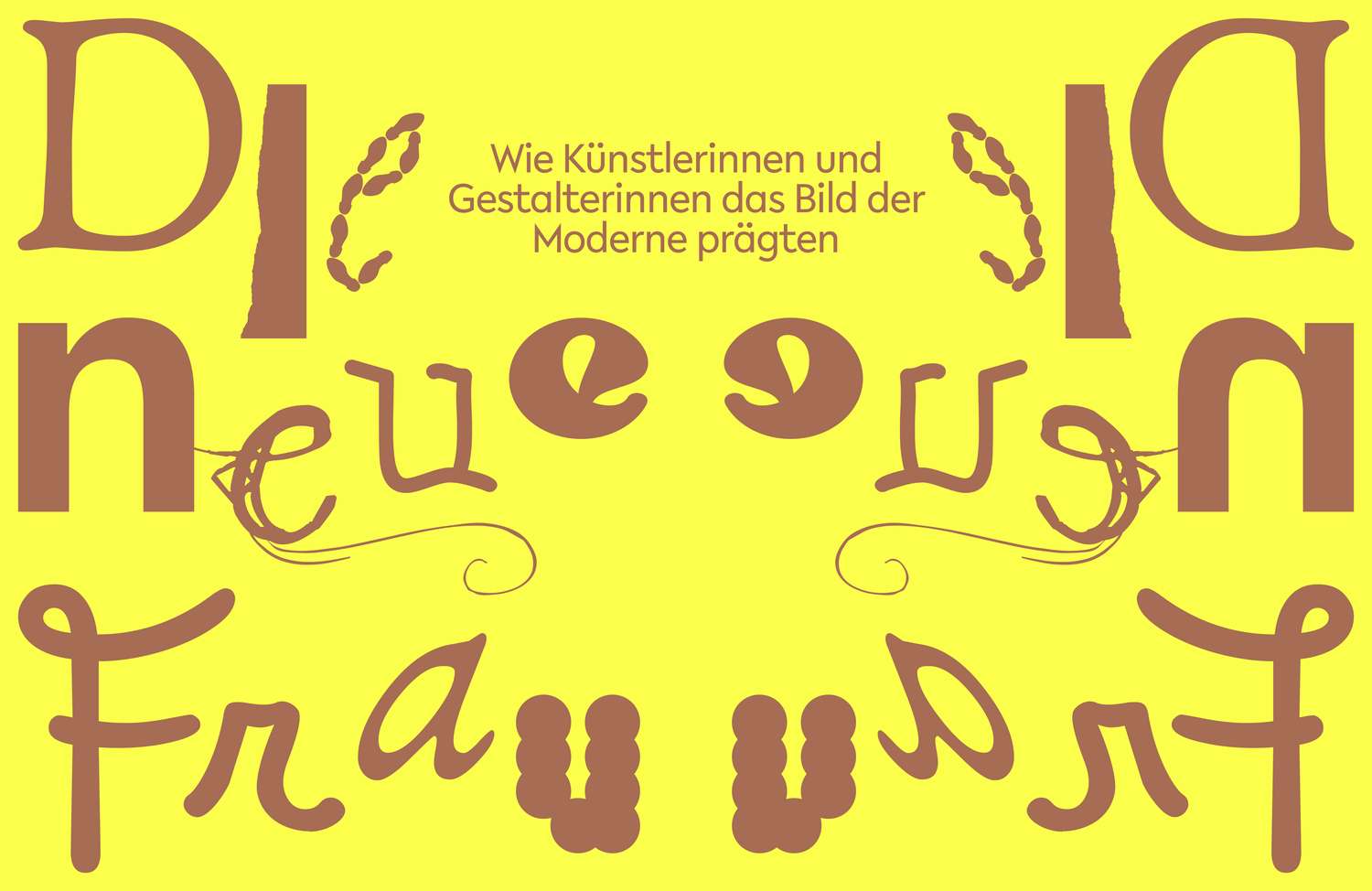
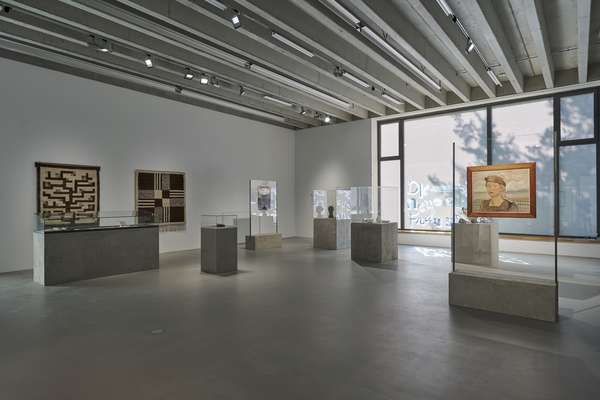
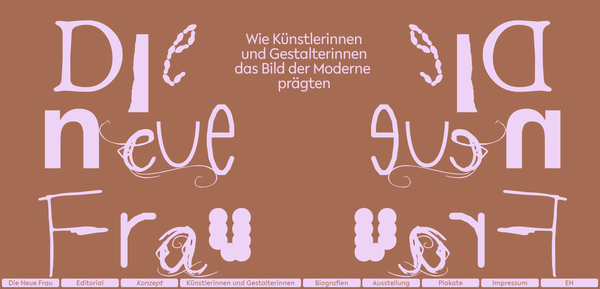
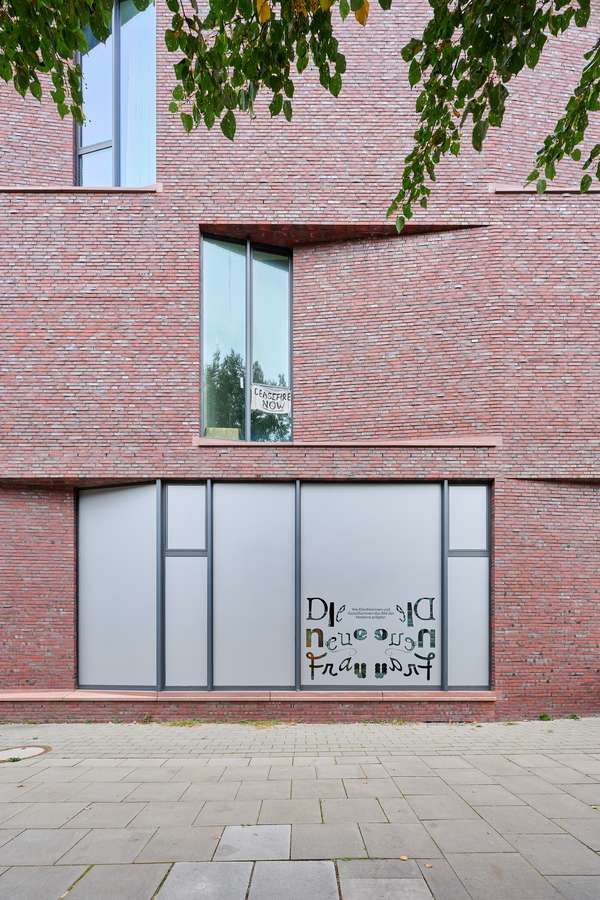
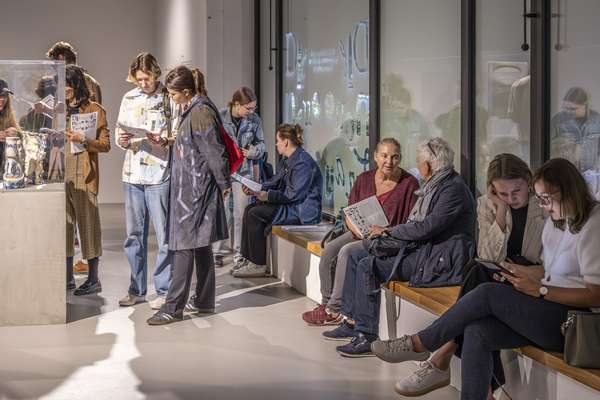

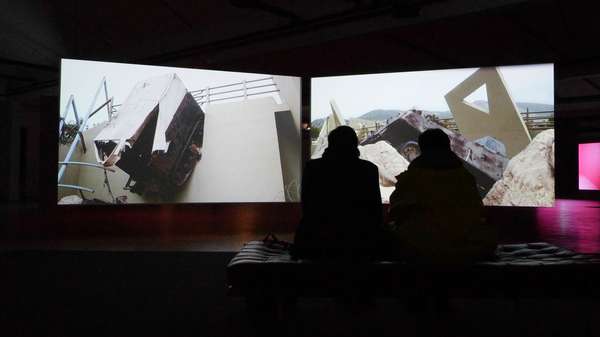
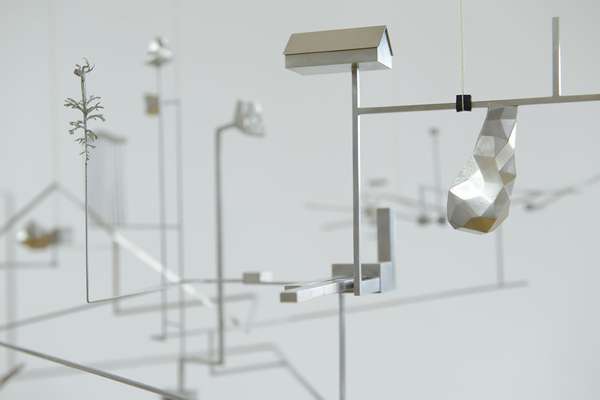
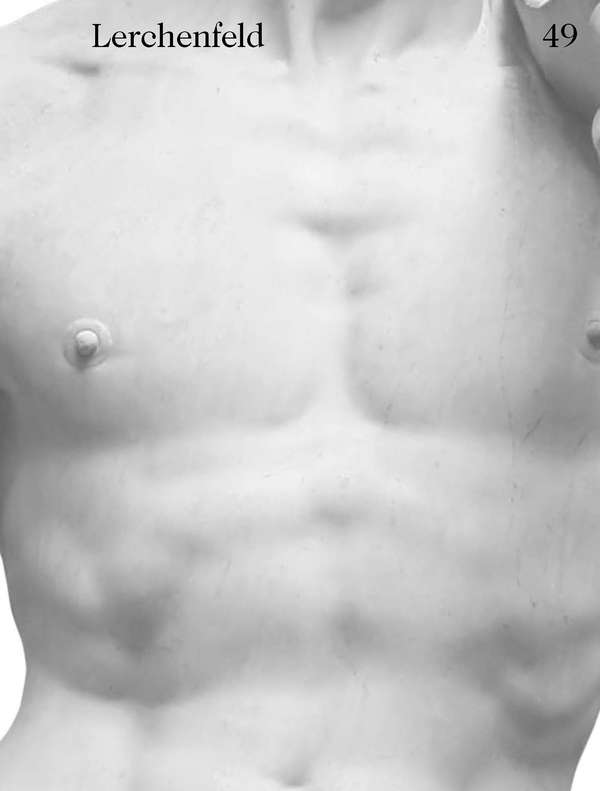
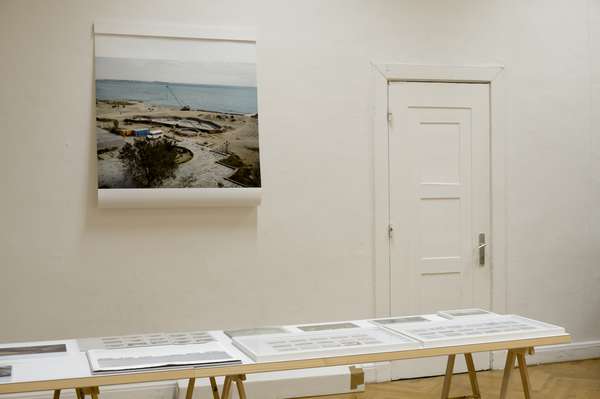
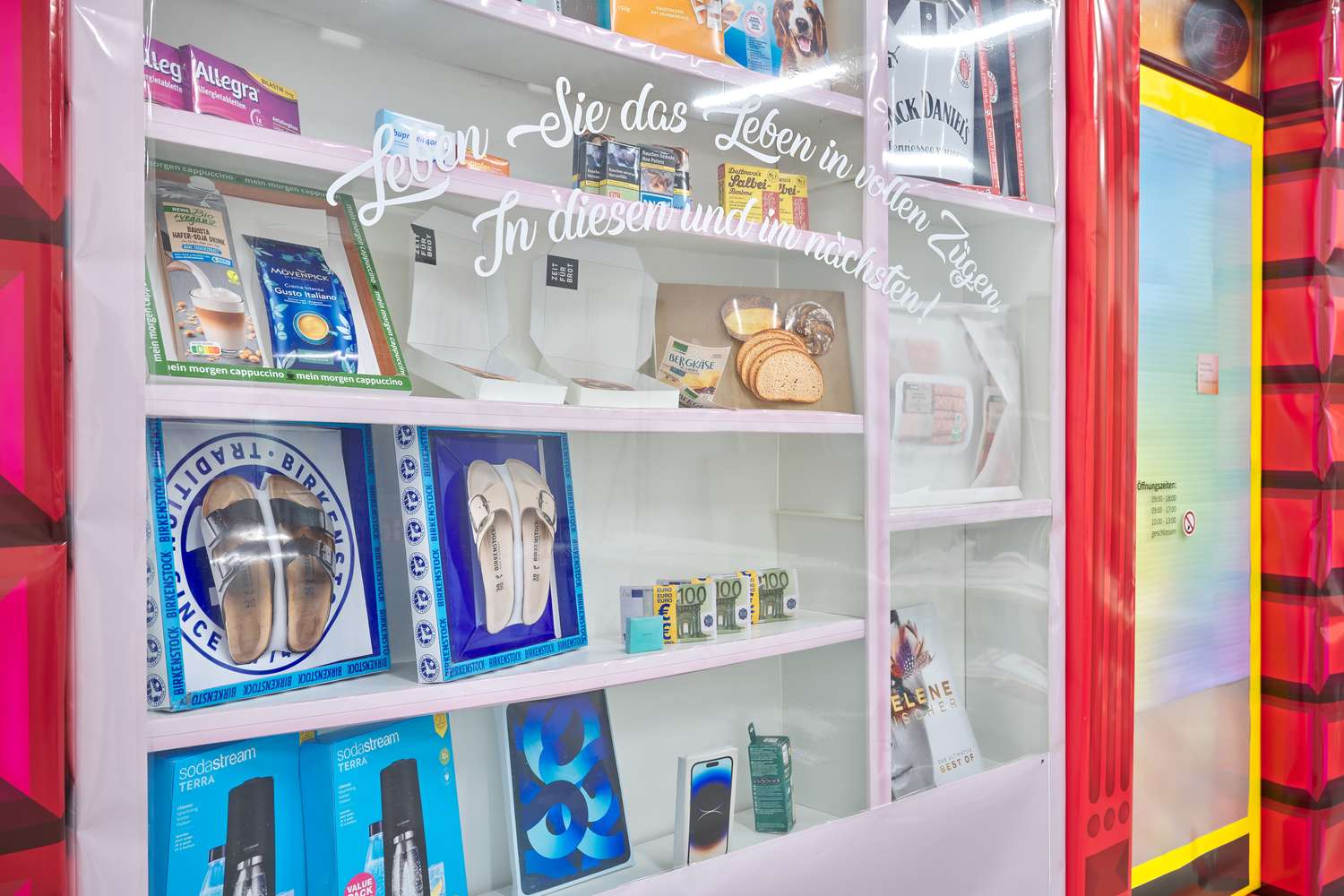
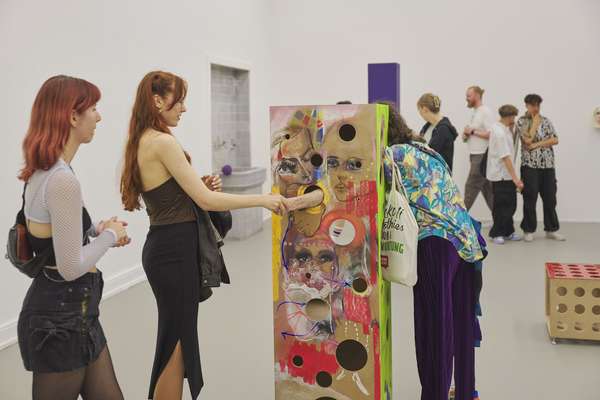
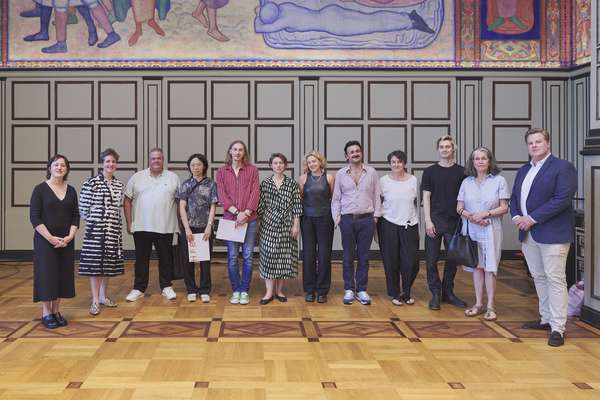


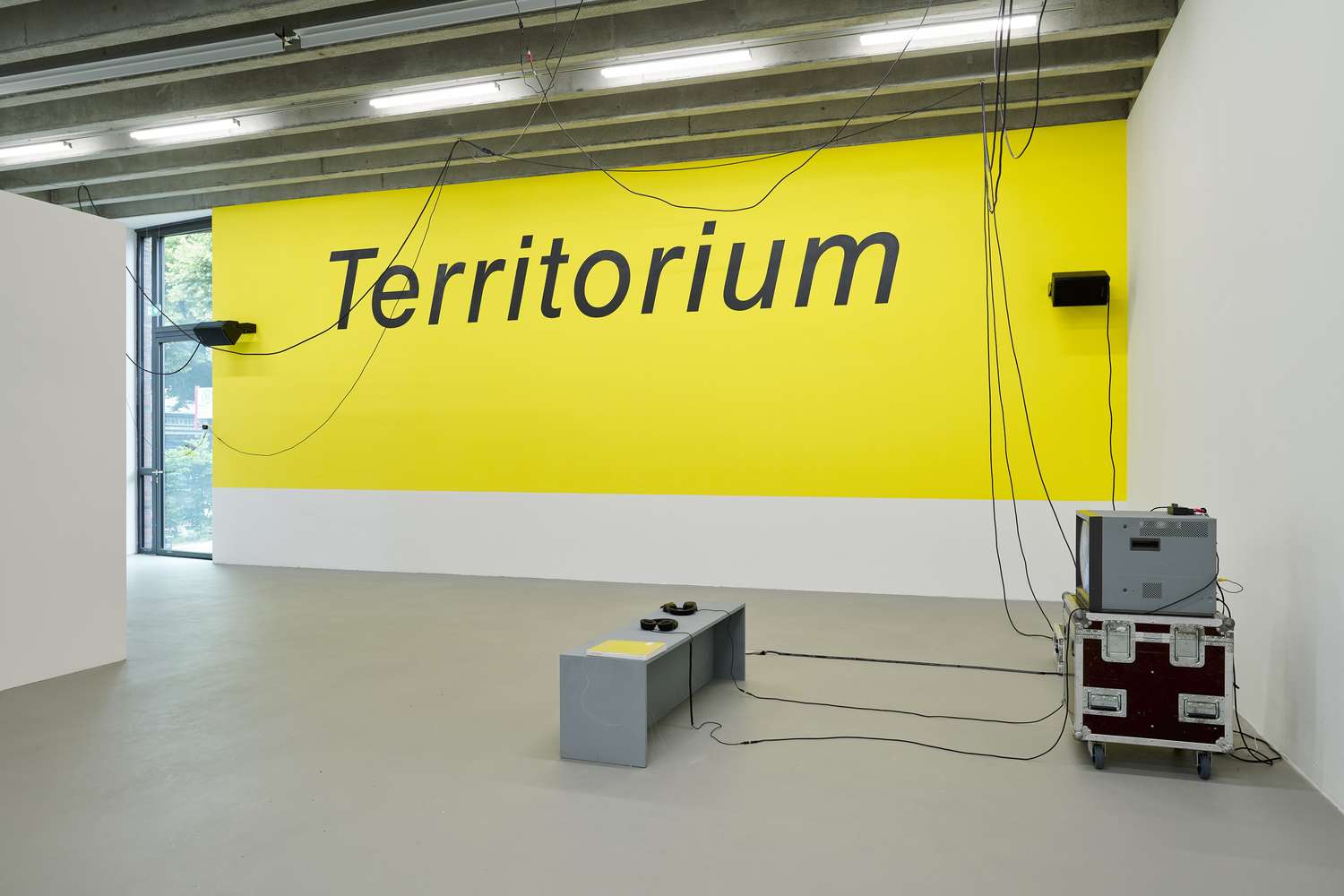

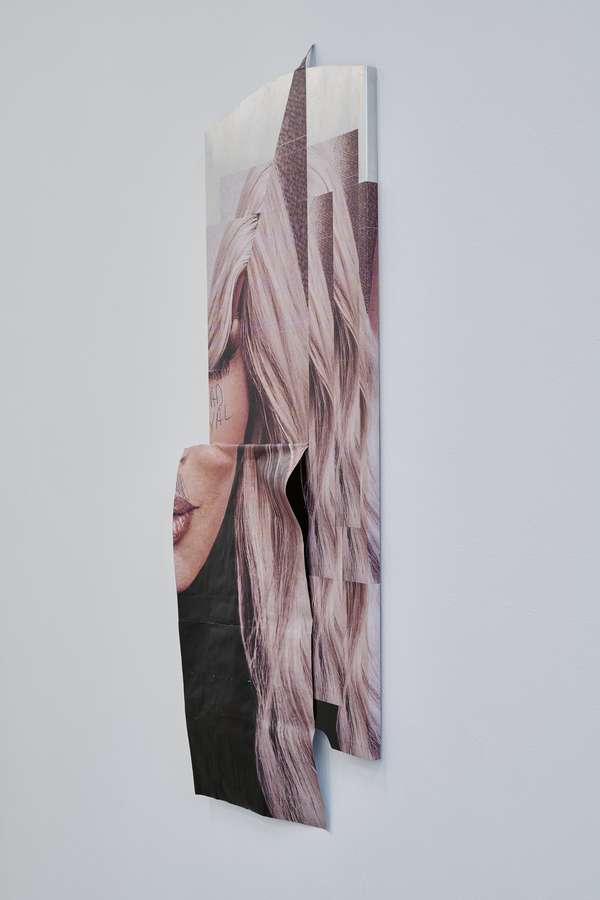



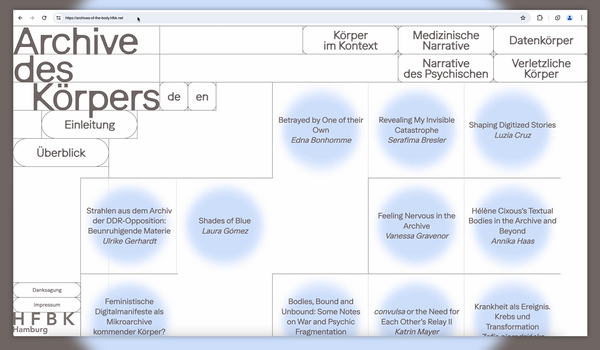






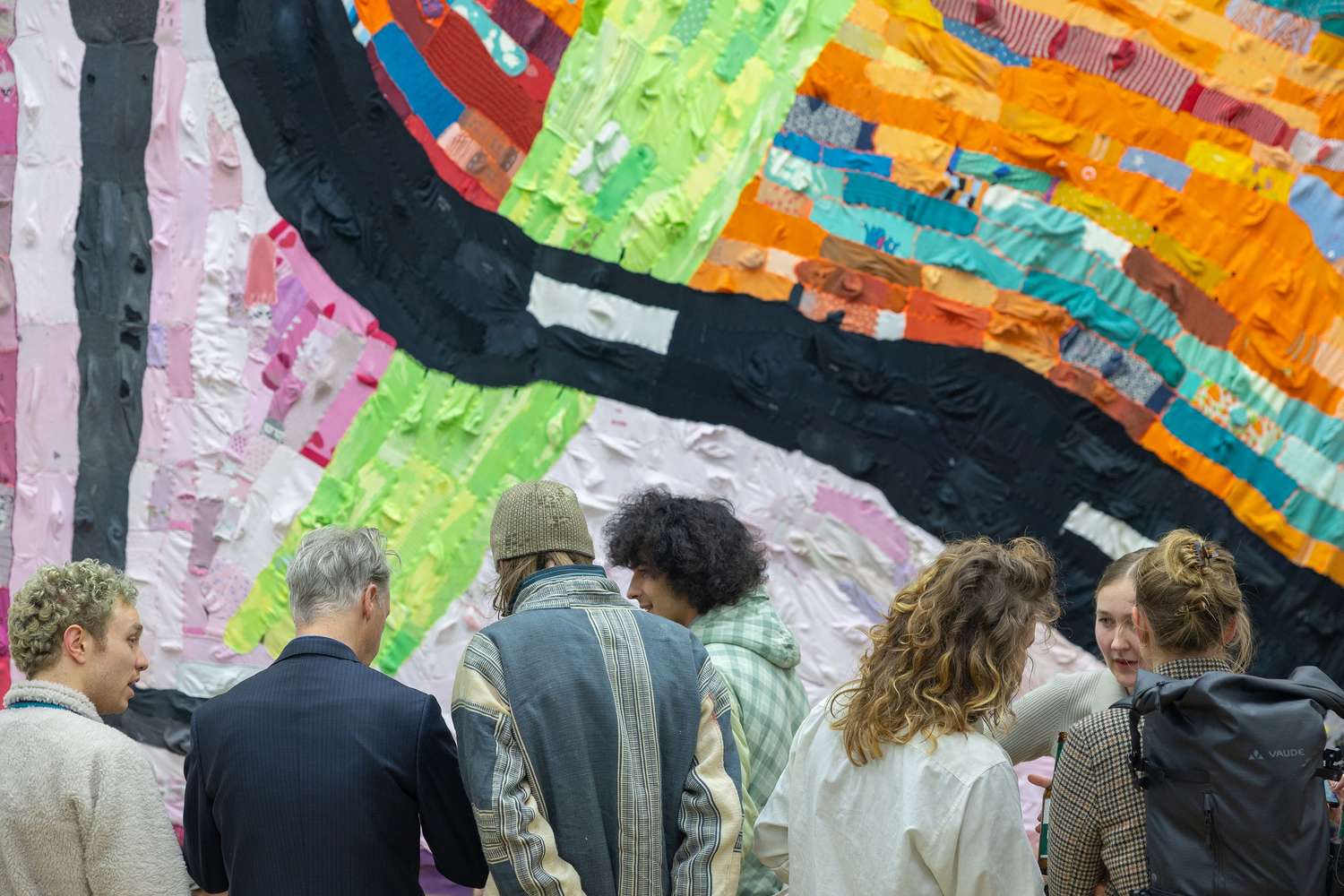








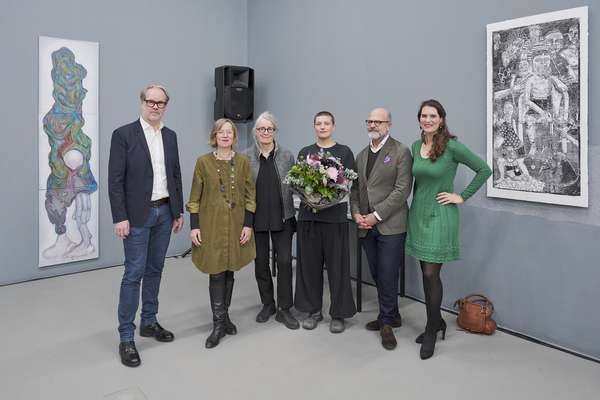


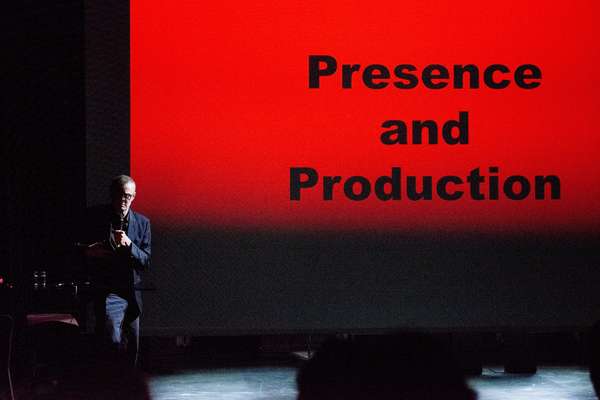



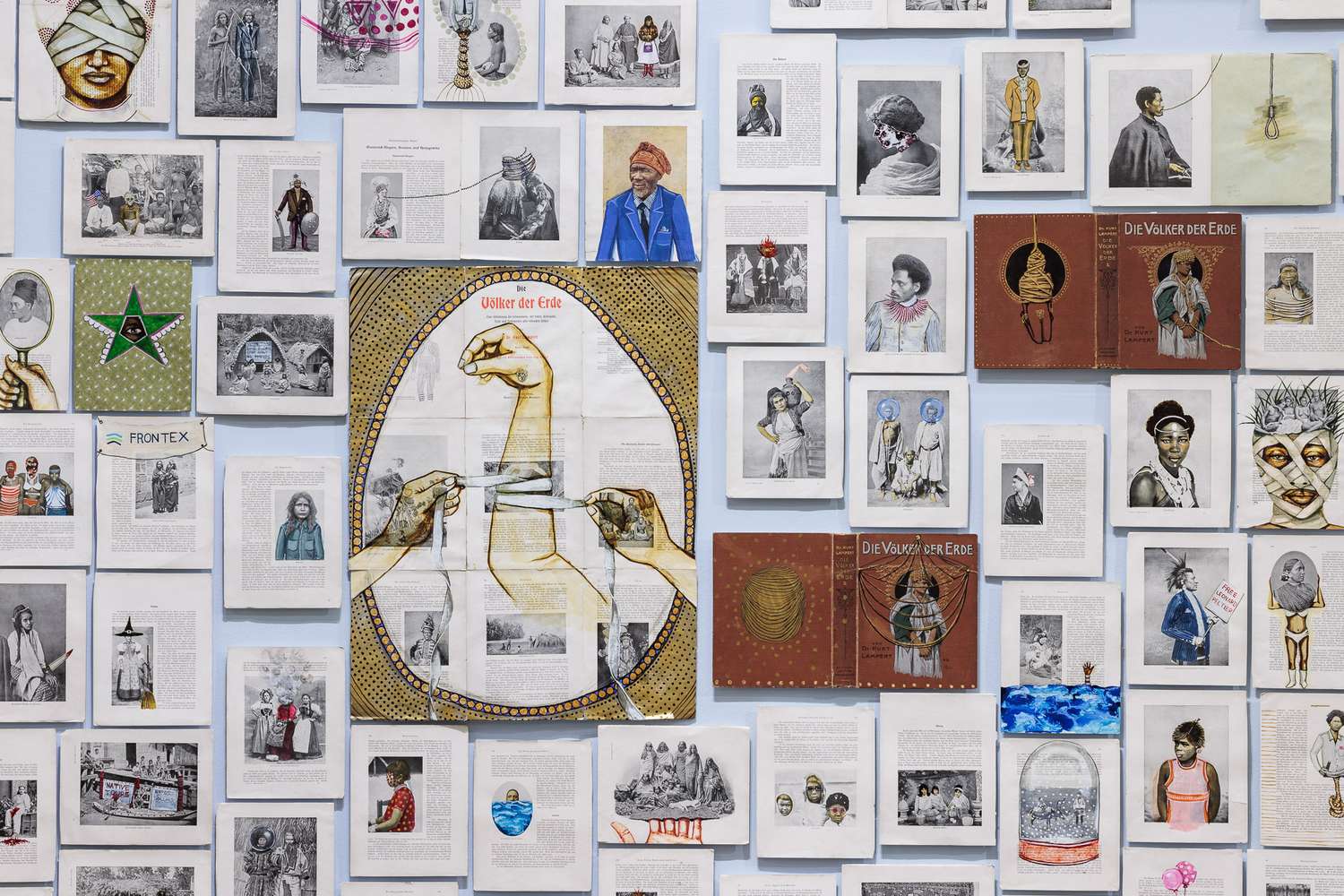









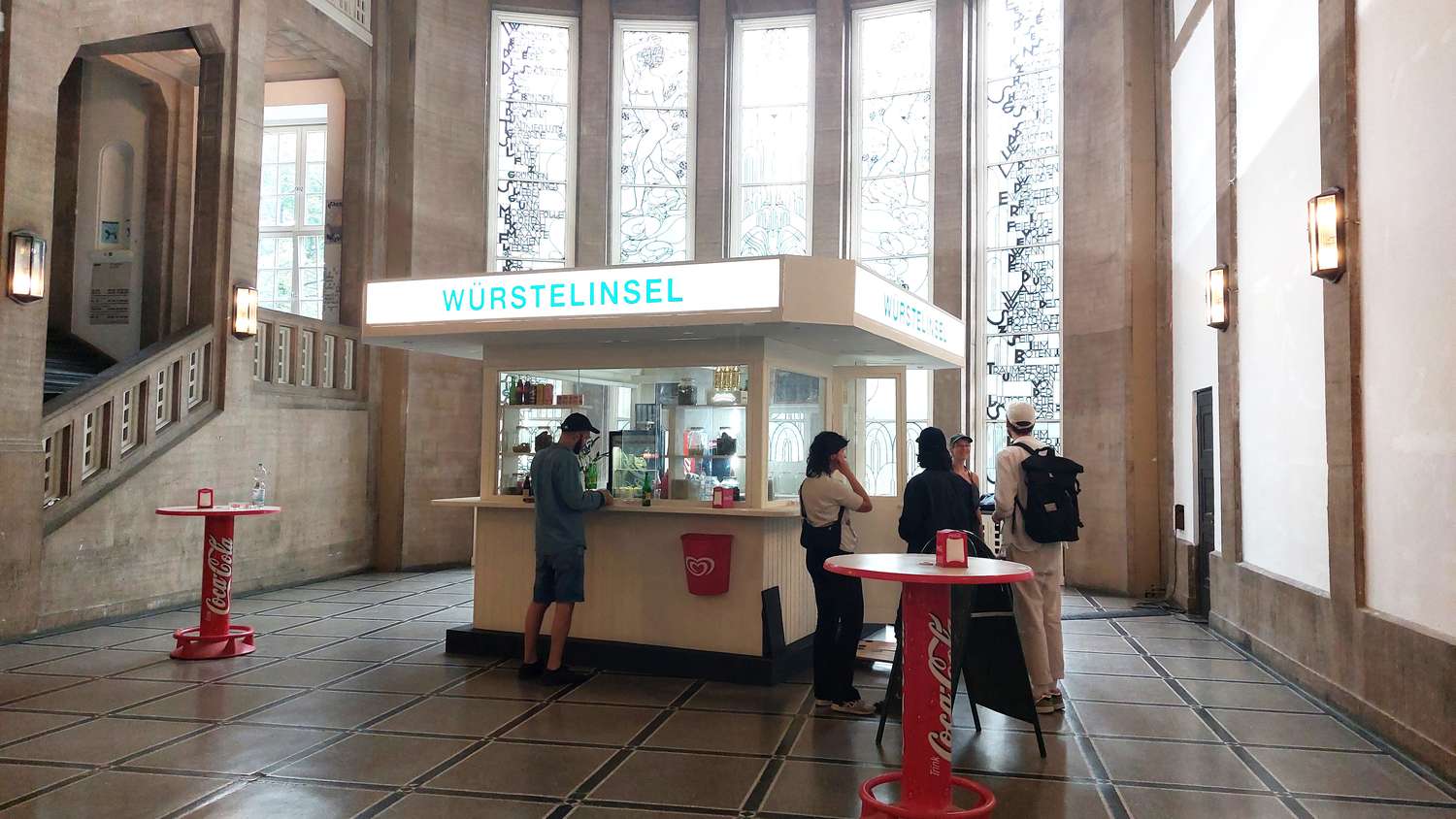








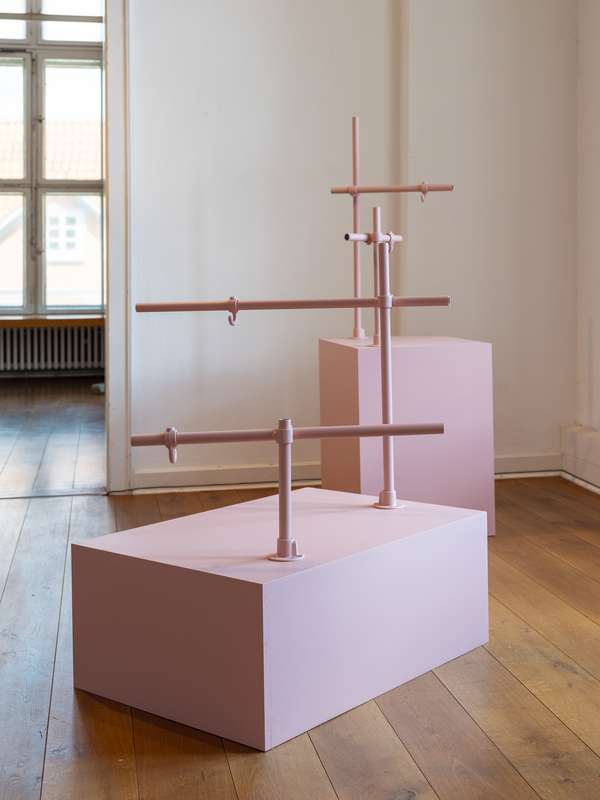

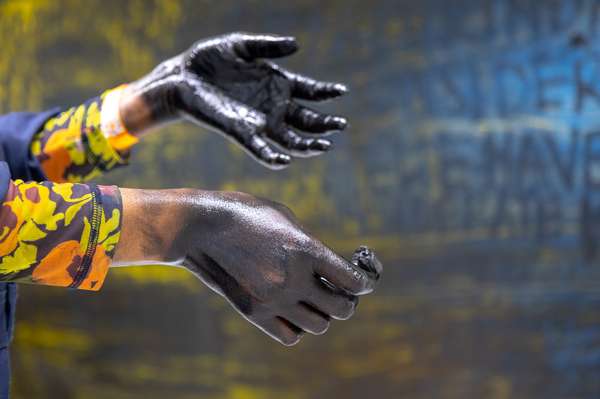




































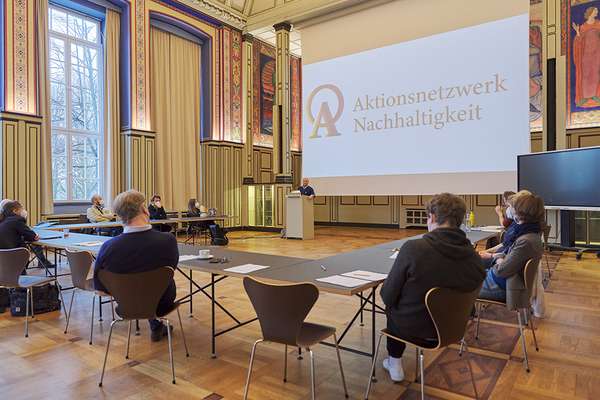






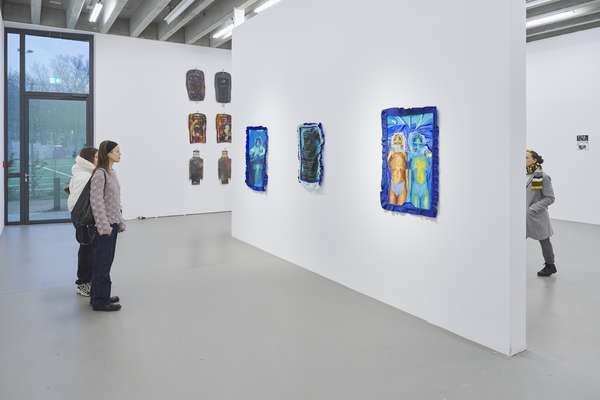








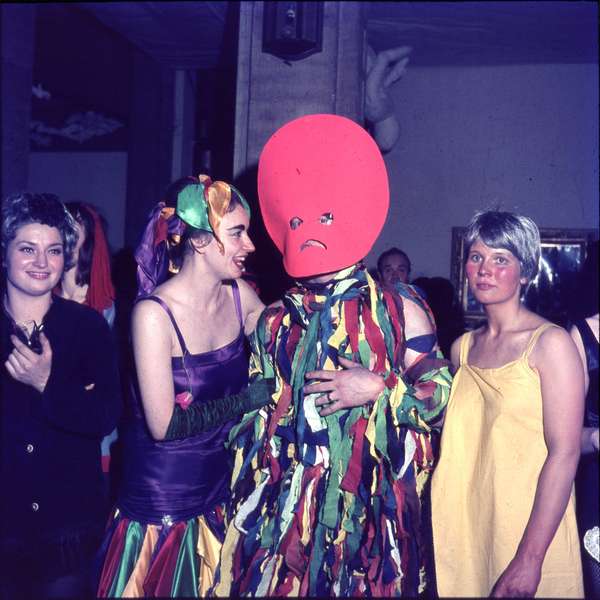

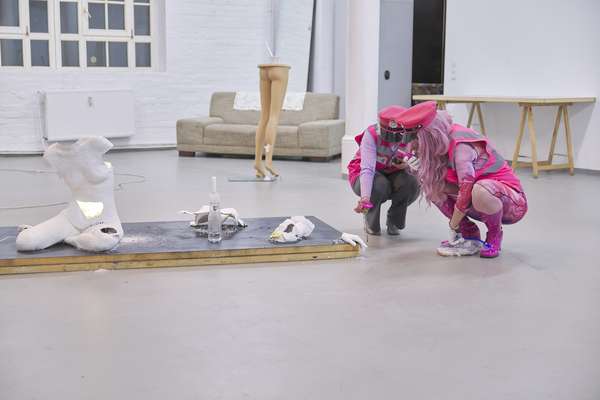







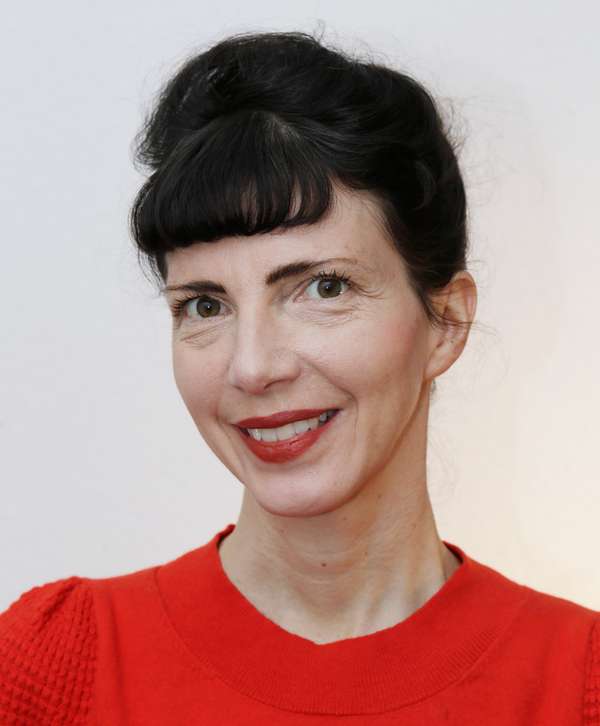
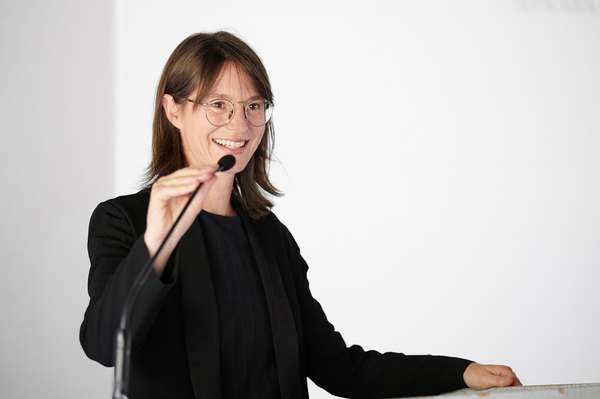




















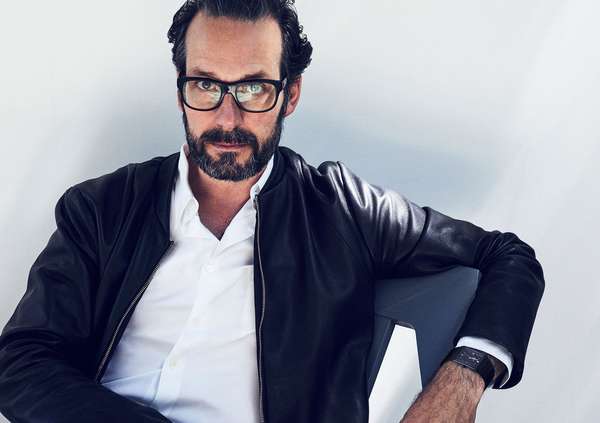







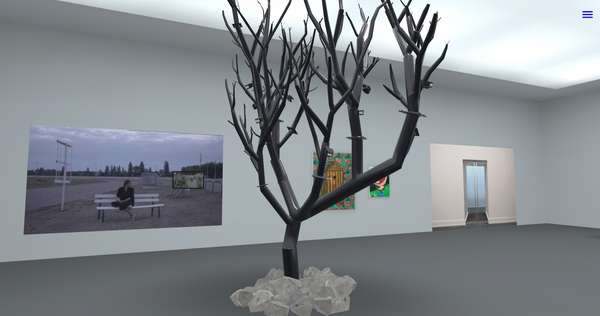
















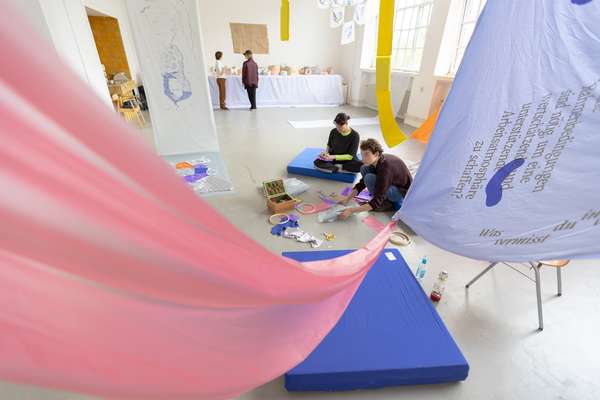

 Graduate Show 2025: Don't stop me now
Graduate Show 2025: Don't stop me now
 Long days, lots to do
Long days, lots to do
 Cine*Ami*es
Cine*Ami*es
 Redesign Democracy – competition for the ballot box of the democratic future
Redesign Democracy – competition for the ballot box of the democratic future
 Art in public space
Art in public space
 How to apply: study at HFBK Hamburg
How to apply: study at HFBK Hamburg
 Annual Exhibition 2025 at the HFBK Hamburg
Annual Exhibition 2025 at the HFBK Hamburg
 The Elephant in The Room – Sculpture today
The Elephant in The Room – Sculpture today
 Hiscox Art Prize 2024
Hiscox Art Prize 2024
 The New Woman
The New Woman
 Doing a PhD at the HFBK Hamburg
Doing a PhD at the HFBK Hamburg
 Graduate Show 2024 - Letting Go
Graduate Show 2024 - Letting Go
 Finkenwerder Art Prize 2024
Finkenwerder Art Prize 2024
 Archives of the Body - The Body in Archiving
Archives of the Body - The Body in Archiving
 New partnership with the School of Arts at the University of Haifa
New partnership with the School of Arts at the University of Haifa
 Annual Exhibition 2024 at the HFBK Hamburg
Annual Exhibition 2024 at the HFBK Hamburg
 (Ex)Changes of / in Art
(Ex)Changes of / in Art
 Extended Libraries
Extended Libraries
 And Still I Rise
And Still I Rise
 Let's talk about language
Let's talk about language
 Graduate Show 2023: Unfinished Business
Graduate Show 2023: Unfinished Business
 Let`s work together
Let`s work together
 Annual Exhibition 2023 at HFBK Hamburg
Annual Exhibition 2023 at HFBK Hamburg
 Symposium: Controversy over documenta fifteen
Symposium: Controversy over documenta fifteen
 Festival and Symposium: Non-Knowledge, Laughter and the Moving Image
Festival and Symposium: Non-Knowledge, Laughter and the Moving Image
 Solo exhibition by Konstantin Grcic
Solo exhibition by Konstantin Grcic
 Art and war
Art and war
 Graduate Show 2022: We’ve Only Just Begun
Graduate Show 2022: We’ve Only Just Begun
 June is full of art and theory
June is full of art and theory
 Finkenwerder Art Prize 2022
Finkenwerder Art Prize 2022
 Nachhaltigkeit im Kontext von Kunst und Kunsthochschule
Nachhaltigkeit im Kontext von Kunst und Kunsthochschule
 Raum für die Kunst
Raum für die Kunst
 Annual Exhibition 2022 at the HFBK
Annual Exhibition 2022 at the HFBK
 Conference: Counter-Monuments and Para-Monuments.
Conference: Counter-Monuments and Para-Monuments.
 Diversity
Diversity
 Live und in Farbe: die ASA Open Studios im Juni 2021
Live und in Farbe: die ASA Open Studios im Juni 2021
 Unlearning: Wartenau Assemblies
Unlearning: Wartenau Assemblies
 School of No Consequences
School of No Consequences
 Annual Exhibition 2021 at the HFBK
Annual Exhibition 2021 at the HFBK
 Semestereröffnung und Hiscox-Preisverleihung 2020
Semestereröffnung und Hiscox-Preisverleihung 2020
 Teaching Art Online at the HFBK
Teaching Art Online at the HFBK
 HFBK Graduate Survey
HFBK Graduate Survey
 How political is Social Design?
How political is Social Design?